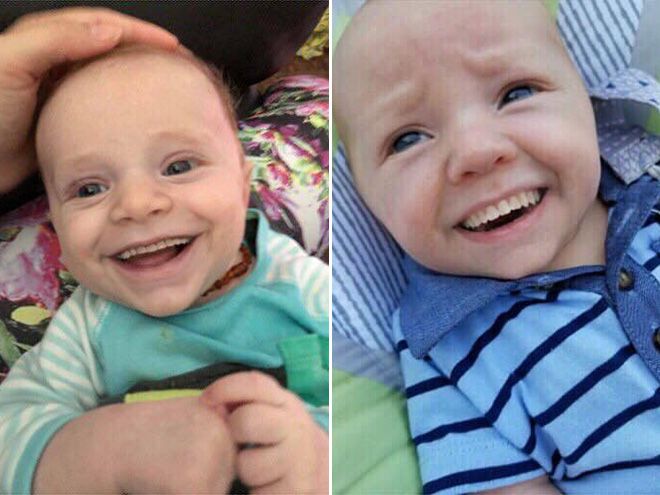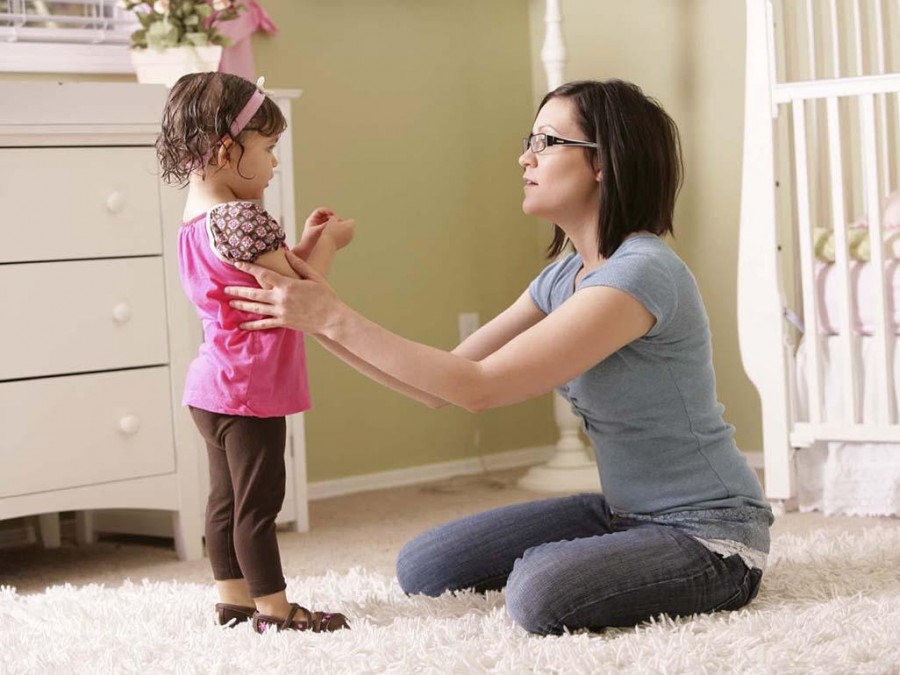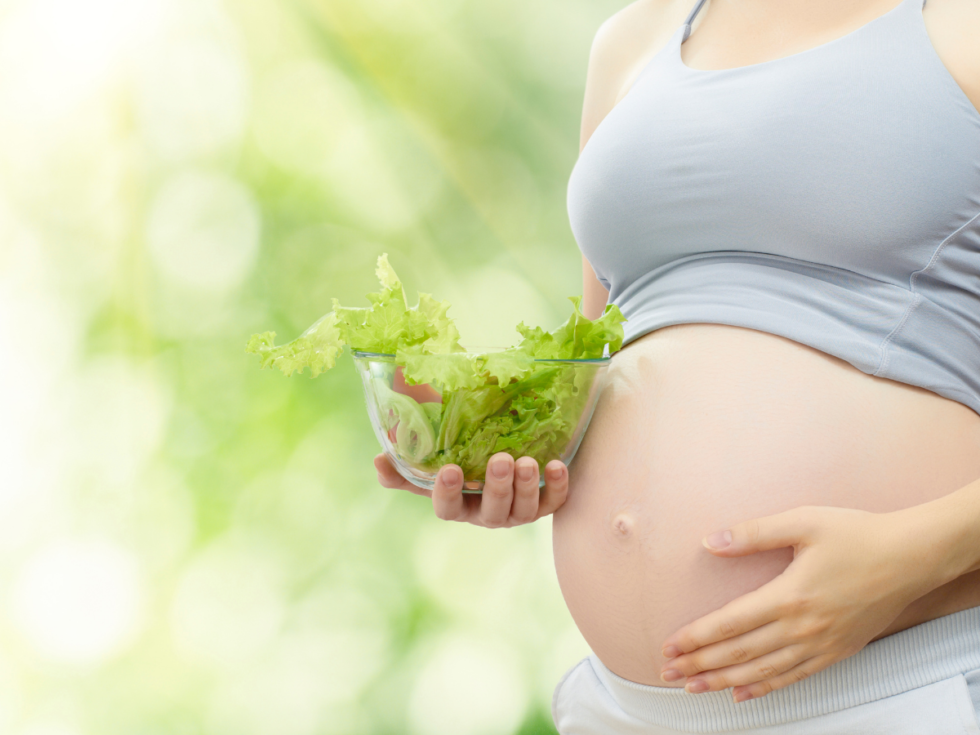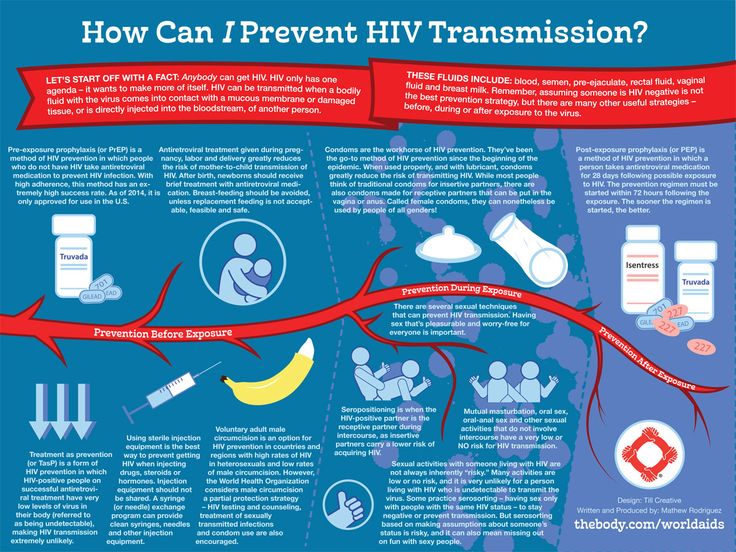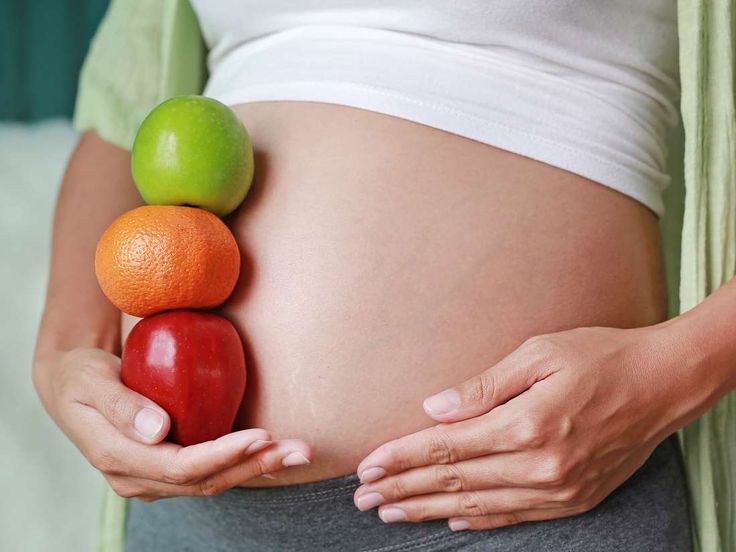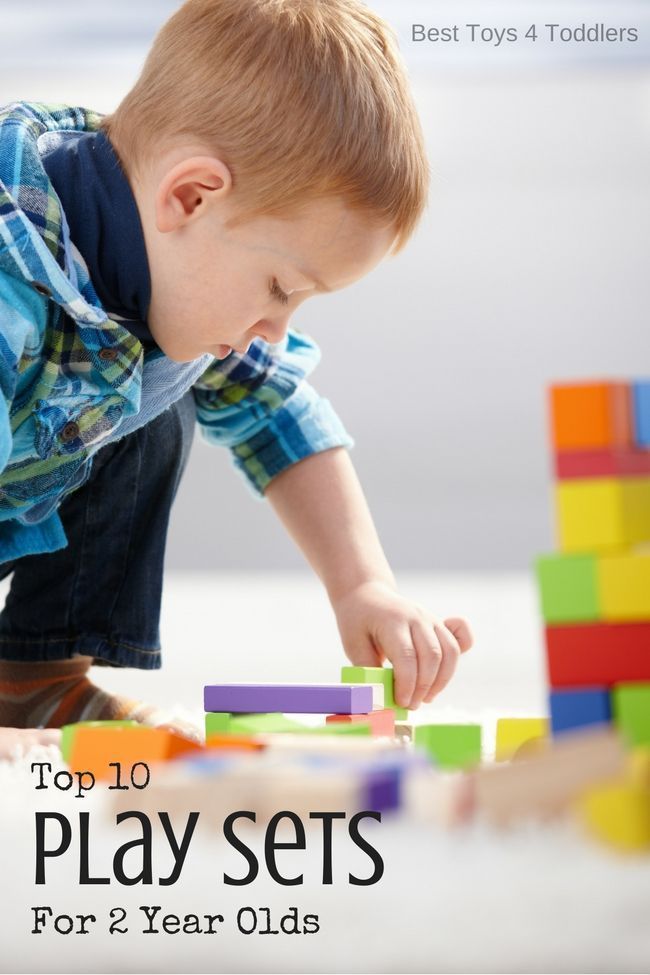How to give my child up for adoption
Putting a Child Up for Adoption Age Limit
Whether your child is a few months or even a couple years old, and you aren’t sure if you can continue parenting, you have options available to you. If you are considering adoption, you might be wondering, “At what age can I put my baby up for adoption?” Technically speaking, you are able to place your child for adoption at any age.
That being said, the adoption process does get more difficult as your child gets older. The longer you parent your child, the more attached to one another you will both become, making the adoption transition difficult to adjust to.
Many adoption agencies aren’t equipped to handle placements of children over the age of 5. Most potential adoptive families are looking to adopt an infant or newborn. While this may be hard to hear, adoption isn’t out of the question, and you have other options available to you as well.
In this comprehensive article, you will learn about your options for placing your child for adoption at any age.
Placing your 1-Month-Old Up for Adoption
Can you put your baby up for adoption at 1 month old?
The answer is always yes. Choosing adoption for your 1-month-old is a brave and selfless decision. Maybe you thought you were prepared to raise your baby but are now realizing that you may not be able to give your baby the best life possible. Adoption is definitely an option that is available to you.
The adoption process for a 1-month-old won’t look too different from a newborn adoption. However, you have spent a month with your baby, and you may find the separation difficult, even if you know that this is the right choice for you and your baby.
While your adoption professional will require more information from you when placing older children for adoption, the process remains relatively the same for children ages 0-4 years of age. The process is as follows:
- Step 1: Find an adoption professional. It’s important to find the adoption professional that can meet all your needs.
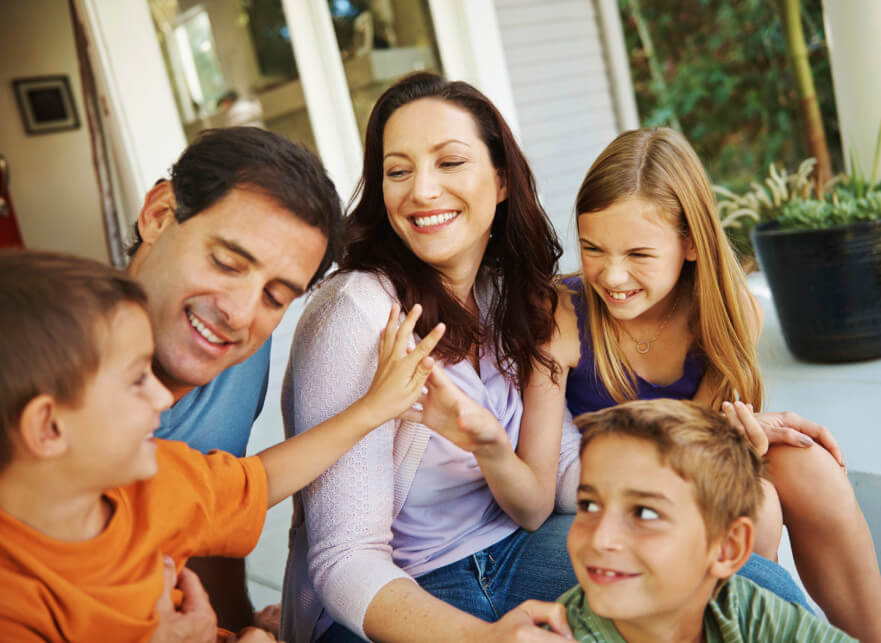 Once you find the professional you feel is right for you, they can answer your questions and help you create your adoption plan for putting your 1-month-old up for adoption.
Once you find the professional you feel is right for you, they can answer your questions and help you create your adoption plan for putting your 1-month-old up for adoption. - Step 2: Choose the adoptive family. Your adoption professional will match you with adoptive families that fit your criteria. You will then be able to review the adoptive family profiles and choose the perfect family for your baby.
- Step 3: The adoptive family will be notified. When you have made your decision, the adoptive parents will be notified. While it is not required, you always have the option of meeting the adoptive family in person.
- Step 4: Discuss post-placement contact. If you have chosen an open adoption for your baby, you can come up with a post-placement contact arrangement with the adoptive family and your child.
- Step 5: Finalize the adoption. At this stage, you will officially consent to the adoption of your child.
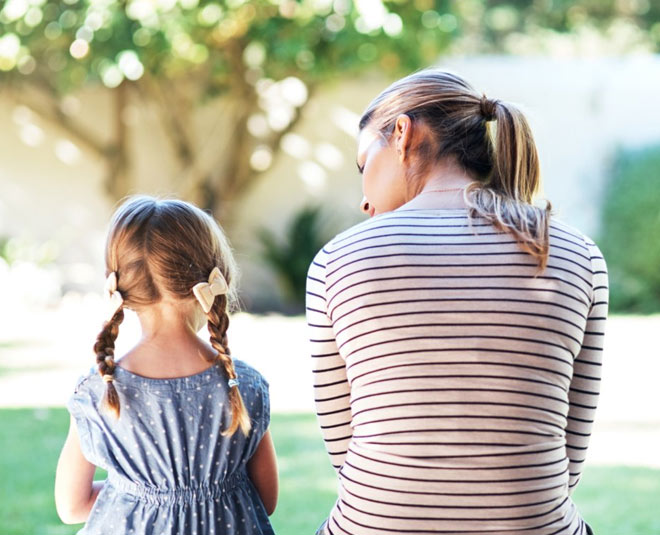 Your adoption professional can answer any questions you have and will make sure all the proper documents are signed.
Your adoption professional can answer any questions you have and will make sure all the proper documents are signed.
Whether you’re considering “giving a baby up” for adoption after it’s a week old, 2 weeks old or 4 weeks old, “giving up” for adoption is never “giving up.” It is a selfless sacrifice made out of deep unconditional love for your child. Get started today by contacting an adoption agency.
Placing Your 2-Month-Old for Adoption
By this point, you may have begun to bond with your baby. Your child will begin to develop an attachment with you and you to them at this age. This might make choosing adoption more difficult. We understand that you want what’s best for your baby, and you feel that adoption is the best adoption.
You will need to factor the birth father’s parenting rights into your decision. After you have had your baby for 2 months, friends and family may judge you for your decision. It’s important to remember that this is your decision to make, not theirs.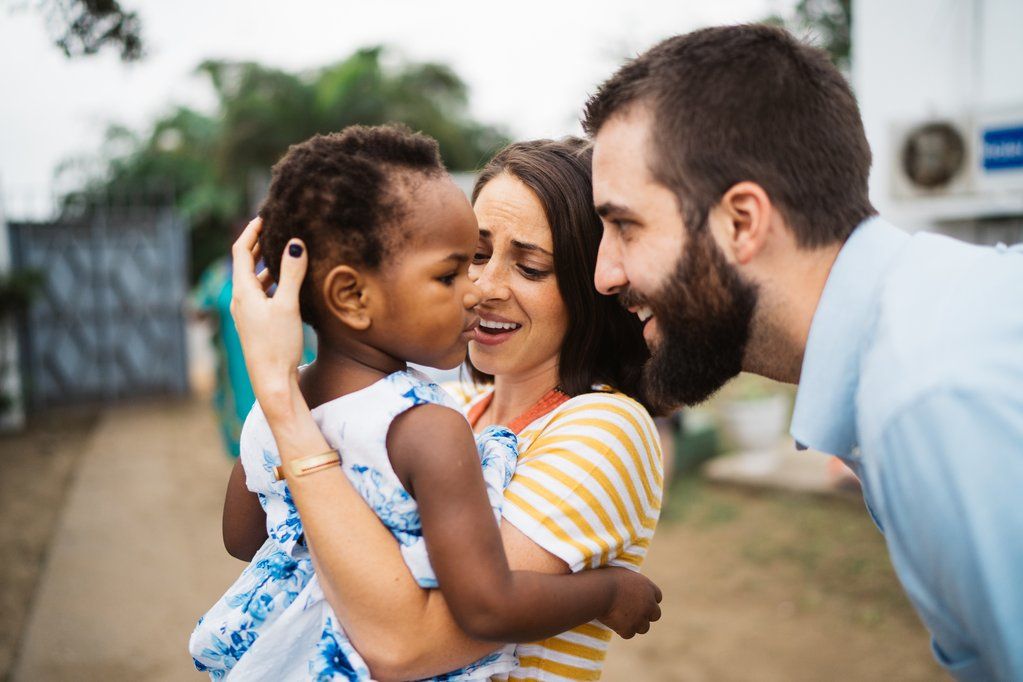
If you know that adoption is right for you and are wondering, “How do I put my 2-month-old up for adoption?” an adoption professional can help you get started today. This professional will always respect and admire you for making this brave decision, and they can walk you through how to put a 2-month-old baby up for adoption.
How to Put My 3-Month-Old for Adoption
If you have been parenting your baby up to this point, you may be wondering, “Can you give your baby up for adoption at 3 months old?”
Not only is the answer yes, but adoption can be the perfect way to provide your baby with an amazing life. This is a brave an selfless decision, but it is also a challenging one. Your baby is developing their sense of attachment. At 3 months old, your baby may have come to recognize you as their primary caregiver. This can make choosing adoption more emotionally difficult. These conflicting emotions are valid. Even though you know it’s what is best for you and your baby, it doesn’t mean you can’t experience feelings of grief and loss.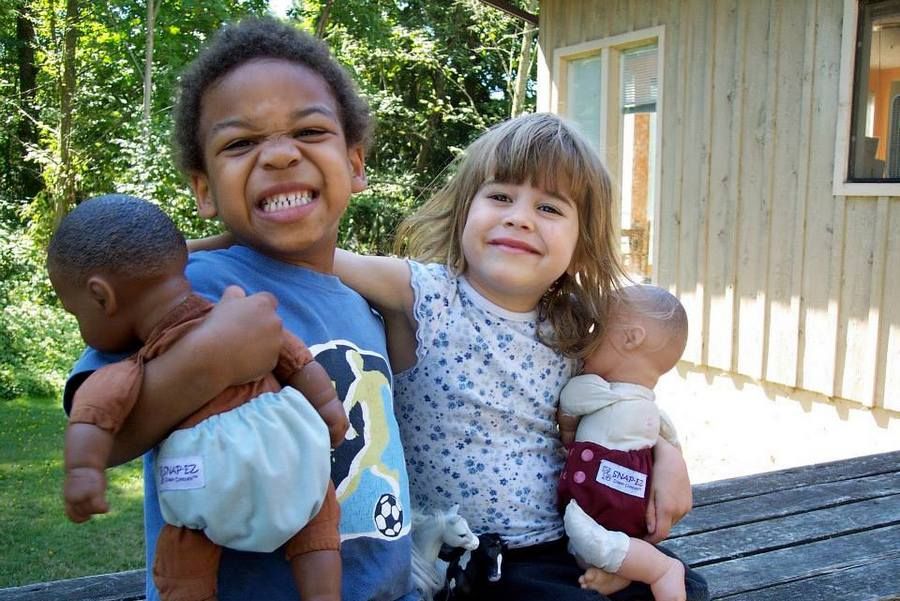
If the birth father has settled into a parenting role, you will need to be aware of his rights in adoption. You may face backlash from friends and family who don’t agree with your decision. Remember, this is your decision to make, nobody else’s. Reach out to an adoption professional that can help you navigate the adoption process and cope with the overwhelming emotions you may experience.
How to Place My 4-Month-Old for Adoption
At , you might be overwhelmed by the thought of placing your baby for adoption. You have had time to bond with your child, and the adoption transition can be difficult. If you know that this is the best choice for you and your baby, adoption is still an option for you. Reach out to an adoption professional that can help you cope with the difficult emotions of the adoption process and help you create an adoption plan.
Placing My 5-Month-Old for Adoption
At 5 months old, your baby is still an infant but adoption at this point will be different than newborn adoption.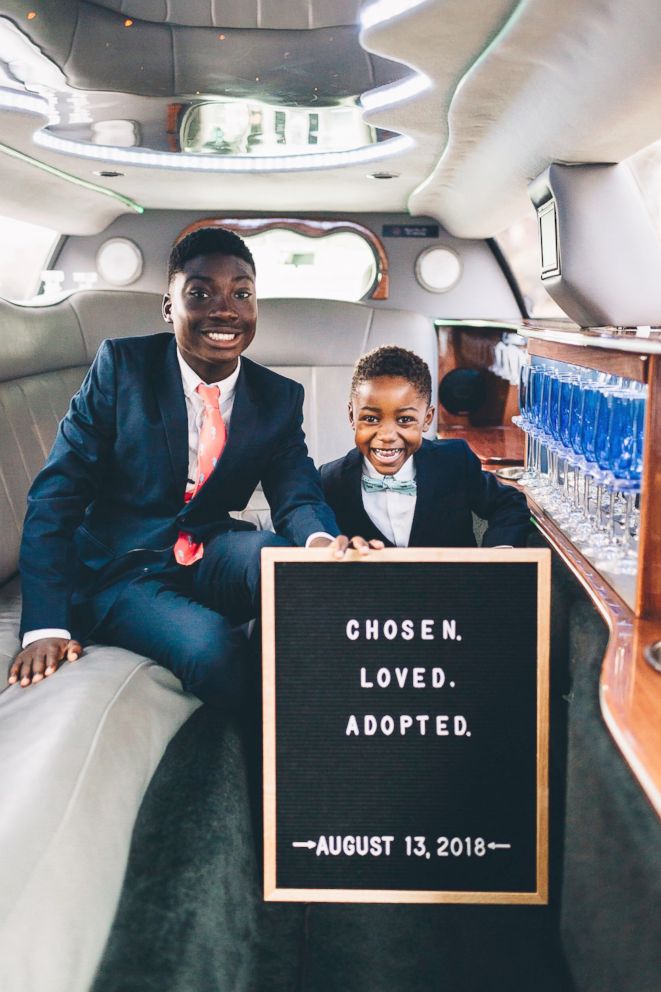 Your baby has begun to recognize your voice and differentiate you from other caregivers. Your baby is forming a stronger attachment to you, which could make choosing adoption more difficult.
Your baby has begun to recognize your voice and differentiate you from other caregivers. Your baby is forming a stronger attachment to you, which could make choosing adoption more difficult.
The attachment you have formed might make you wonder “What if I regret my decision?” Speaking with an adoption professional can help you navigate these concerns so that you can make the choice that is best of you and your baby. They can also walk you through how to put a 5-month-old up for adoption, if and when you are ready to move forward.
Putting a 5-month-old up for adoption may be one of the most emotionally challenging things you ever do, but it can also be one of the most rewarding. This is a brave, loving and selfless choice that can provide your baby with an amazing future.
How Do I Place My 6-Month-Old for Adoption?
After parenting your baby for 6 months, you might be wondering if it’s too late to choose adoption. Adoption is still very much an option for you, and there are many adoptive families for a baby at 6 months old. Friends and family may try to talk you out of “giving up” your baby for adoption at 6 months. You know what’s best for you and your baby, and you are the only one who can make this choice.
Friends and family may try to talk you out of “giving up” your baby for adoption at 6 months. You know what’s best for you and your baby, and you are the only one who can make this choice.
At 6 months, your baby has likely developed a strong attachment to you at this point. He or she may feel anxious in your absence. This attachment will not make choosing adoption any easier. You might be worried that your child will resent you for your decision, but this is very unlikely. With today’s adoptions, you have the opportunity to stay connected with your child after placement. Your child will know that you made a selfless decision out of love by placing them for adoption.
If you are wondering, “Should I give my baby up for adoption at 6 months?” remember that you are the only one who can make this decision. If you want to talk with a trained adoption counselor about what this process could look like for you, contact an adoption agency today.
Putting My 7-Month-Old Up for Adoption
If you are asking, “Can I still give my baby up for adoption at 7 months?” know that the answer is yes.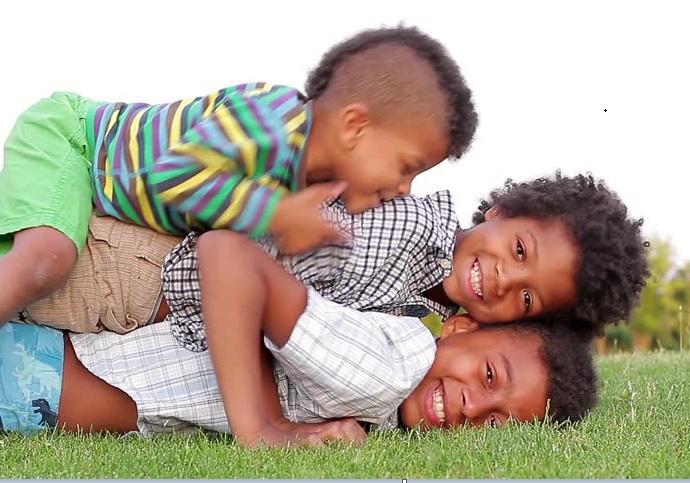 It is never too late to “give a baby up” for adoption, even after 7 months.
It is never too late to “give a baby up” for adoption, even after 7 months.
While placing your child for adoption is a selfless decision, it is not without its challenges. Your baby has made leaps and bounds in their development at 7 months. They are becoming more aware of the world around them and notice when you are not nearby. This attachment can make considering adoption even harder.
You may experience opposition from friends and family who may try to tell you that you are taking the “easy way out.” This couldn’t be further from the truth. Adoption is a difficult and selfless choice that comes from a place of love. You will need to provide your adoption professional with additional information for the adoption process, such as: a copy of your child’s birth certificate, medical records, documentation of where the child has lived, record of who has provided financial support for the child, and any record of child support provided by any father.
If you are ready to start the adoption process for your 7-month-old, you can get free information now by contacting an adoption agency here.
How to “Give My 8-Month-Old Up” for Adoption
“Giving up” a baby for adoption at 8 months is absolutely an option for you.
While adoption is never an easy decision, you may find it more difficult to place your 8-month-old for adoption. You have likely formed an attachment with your baby. They have developed object permanence, and may become fussy when you’re not close by.
The birth father will also have rights in the adoption. If he has been involved in raising your child, you will need to be aware of those rights. You will want to talk to him about your decision and discuss what the adoption plan will look like. You will also have to discuss your adoption plan with relatives and friends who may not agree with your choice.
Despite some of these potential challenges, placing your 8-month-old for adoption can be one of the most rewarding and worthwhile things you ever do. If you want to get more information about this brave and selfless choice, contact an adoption agency today.
Placing My 9-Month-Old for Adoption
Placing your 9-month-old for adoption is a valid choice. While it is a similar process to infant adoption, it is often more difficult due to your baby having developed an attachment to you and you to them.
You might be worried that your child will hate you for “giving them up.” This couldn’t be further from the truth. You are never “giving up” by choosing adoption, and with today’s adoptions, you have the option of staying in contact with your child after they have been placed with their adoptive family. Over time your child with grow understand that you chose adoption out of love.
If you would like to learn more about placing your baby for adoption at 9 months, contact an adoption agency today to get free information.
Placing My 10-Month-Old for Adoption
Placing a 10-month-old for adoption is an option for you. Reasons you might be considering adoption for your 10-month-old could be due to financial struggle, not having the support you need to raise your baby or not being able to pursue your dreams and raise a child at the same time.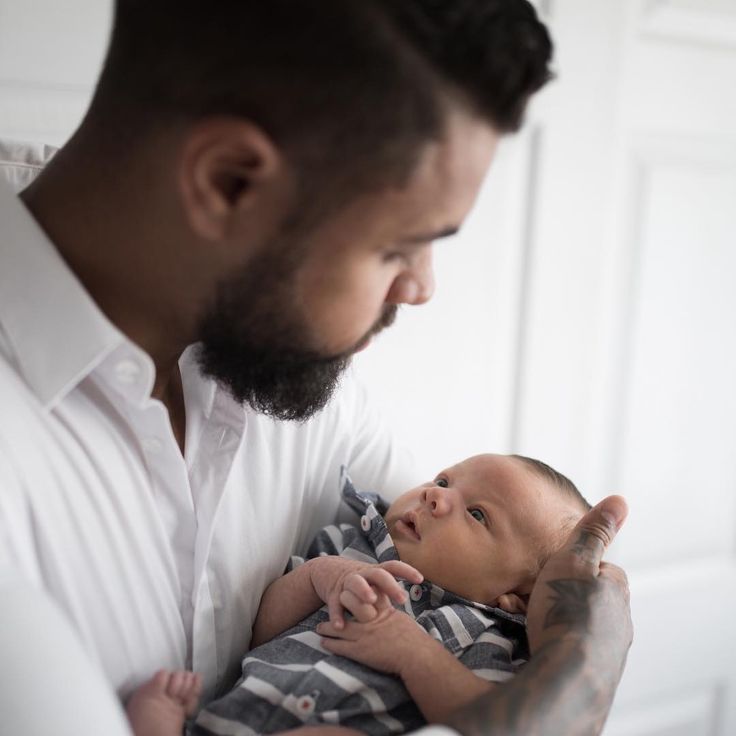
Since your baby has established you as their primary caregiver, placing them for adoption can be very difficult for you. We understand that you are making this decision to give your baby the best life possible. If you choose to have an open adoption, you will still be able to be a part of your child’s life and watch them thrive.
To learn more about adoption for 10-month-olds or to start the process today, get more free information here.
How Do I Put My 11-Month-Old Up for Adoption?
Adoption is always a brave and selfless decision. However, the longer you raise your child before placing them for adoption, the harder it may be emotionally. You will have bonded with your child significantly by the time they are 11 months old, and separating from them can be overwhelming.
Adoption for an 11-month-old is also more complicated in terms of the information you will need to provide. You will be asked to provide your child’s birth certificate, medical records, the father’s name on the birth certificate, any child support provided by any father, and documentation of everywhere your child has lived, etc.
None of this is meant to scare you from pursuing adoption for your 11-month-old. If you are sure that adoption is right for you and your baby, it will be worth overcoming all of these challenges to provide your child with an amazing life. To learn more, get free information here.
Placing my 1-Year-Old for Adoption
If after a year, you are sure that you will not be able to continue parenting, you might be wondering if it’s too late to choose adoption. You could be asking, “Is it possible to give your kid up for adoption after a year old?” The short answer to this question is, yes. “Giving” a one-year-old child up for adoption can be one of the most rewarding and worthwhile things you ever do, because it can provide you and your child both with a brighter future. But the process of putting a 1-year-old up for adoption is not without its unique challenges.
By this point, you will likely have formed an in-depth attachment with your baby. This can make placing them for adoption more difficult when the time comes. You will also have to consider your child’s health, behavior and the father of the child and how all of these factors may affect the adoption process. You will also be required to provide your adoption professional with the child’s birth certificate, health records, proof of financial aid provided by any father, and documentation of everywhere the baby has lived.
You will also have to consider your child’s health, behavior and the father of the child and how all of these factors may affect the adoption process. You will also be required to provide your adoption professional with the child’s birth certificate, health records, proof of financial aid provided by any father, and documentation of everywhere the baby has lived.
That being said, you can place your child for adoption as a one-year-old, and the right adoption professional will help you through every step. To learn more today, get free adoption information here.
Placing my 2-Year Old for Adoption
Can you give your baby up for adoption at 2 years old?
How do you give a child up for adoption after 2 years?
I want to put my 2-year-old up for adoption. Where do I start?
These are common questions for many prospective birth mothers. First, know that the answer is yes, putting a 2-year-old up for adoption is possible, and there are many adoption agencies for 2-year-olds that can help you through the process. There are many families looking to adopt a two-year-old, and this process can provide your child with an amazing life full of love and opportunity.
There are many families looking to adopt a two-year-old, and this process can provide your child with an amazing life full of love and opportunity.
However, if you are considering placing your 2-year old for adoption, it’s important that you are aware of the difficulties that come with this decision. You have bonded with your child for two years, which can make the separation much more difficult than if your child were a newborn. You might consider talking to an adoption counselor who can help you cope with these emotions.
You will have to consider factors such as your child’s health and behavior development, as well as how the father of the baby feels about your decision to choose adoption. While there are many loving families who would love to adopt a 2 year old, there may be fewer of these than of those looking to adopt a newborn. This means there could be a longer waiting period when finding the right family.
With these challenges in mind, putting a 2-year-old up for adoption can be an amazing choice for you and your child in the long run. To learn more about how to put a 2-year-old up for adoption, get free information here.
To learn more about how to put a 2-year-old up for adoption, get free information here.
Placing my 3-Year-Old for Adoption
After 3 years of raising your child, you have had enough time to develop at attachment to your child, and they have likely become dependent on you. Their development has advanced in many areas. They can walk and maybe even speak in full sentences. After all of the time you have spent bonding with your child, adoption can be incredibly difficult.
While it’s less common, you can place your 3-year-old child for adoption. Most domestic agencies handle the placement of infants with some agencies will handling the placement of children up to age 4. If you’re wondering “How can I place my 3 year old for adoption?” consider reaching out to an adoption professional to get more information about your options and the many benefits of adoption such as 24/7 counseling, financial assistance, being able to choose the adoptive family, and more.
Putting my 4-Year-Old Up for Adoption
If you are considering adoption for your 4-year-old, this is a decision that comes from a place of love.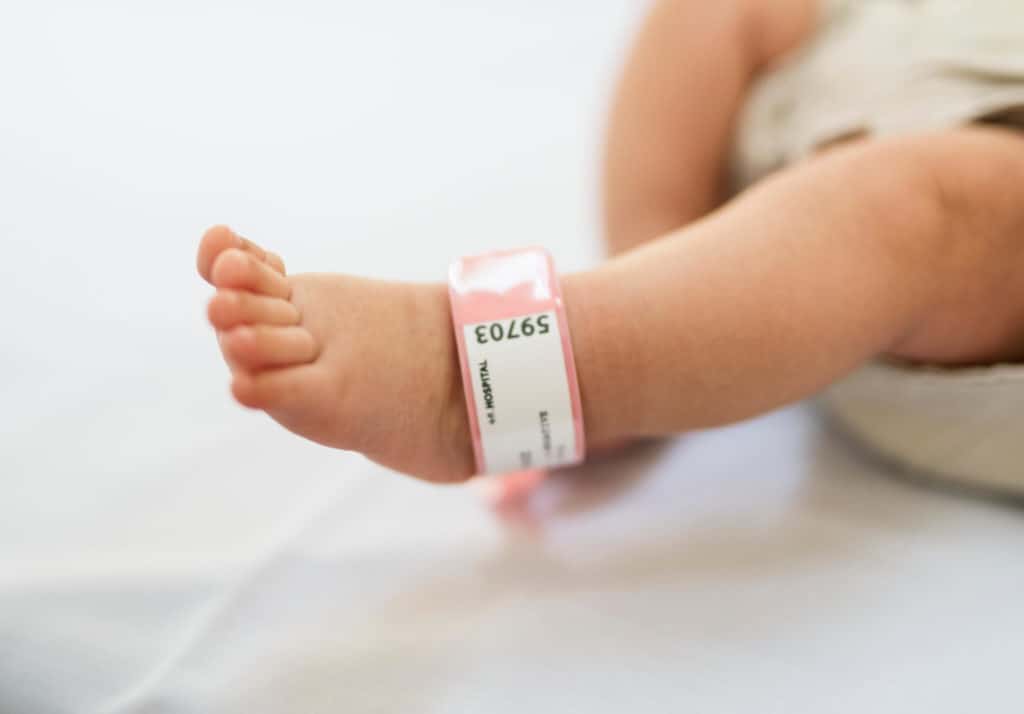 Even if you feel like you are not ready to parent, the adoption transition can be incredibly difficult. Your child has developed an attachment to you and you to them than can make adoption hard to cope with.
Even if you feel like you are not ready to parent, the adoption transition can be incredibly difficult. Your child has developed an attachment to you and you to them than can make adoption hard to cope with.
While you may experience difficulties with the adoption transition and the logistics of placing a 4-year-old for adoption, adoption is still a beautiful choice to give your child the life they deserve. There are many families looking to adopt a 4 year old to give them a loving and supportive home. If you’re asking yourself “How do I put my 4 year old up for adoption,” contact an adoption professional to get more information on the process and the services available to you when you work with an adoption agency.
Putting a Child Up for Adoption at Age 5
At age 5, your child is likely at the maximum age that most adoption agencies are equipped to handle the placement of. So, if you are asking, “Can you put a baby up for adoption at the age of 5?” the realistic answer is that your options for doing so may be more limited. While fewer families are looking to adopt a 5-year-old, adoption may still be an option, so it is always worth reaching out to different adoption agencies to learn more about this possibility.
While fewer families are looking to adopt a 5-year-old, adoption may still be an option, so it is always worth reaching out to different adoption agencies to learn more about this possibility.
The adoption transition will be more difficult than an infant adoption. Both of you have had time to become attached to one another. Your child has had time to develop their own patterns and behavior, and transitioning to a new family could disrupt these patterns. There may also be additional steps to putting a child up for adoption at age 5, because you will need to provide additional information and documentation for your child regarding his or her health history, documentation of financial support provided by any father, and more.
You are not a bad parent for considering adoption for your 5-year-old. You are actually the best parent for having the awareness to acknowledge that you may not be able to give your child the life they deserve. Adoption is always a selfless choice that comes from a place of love, and your child will grow to understand this.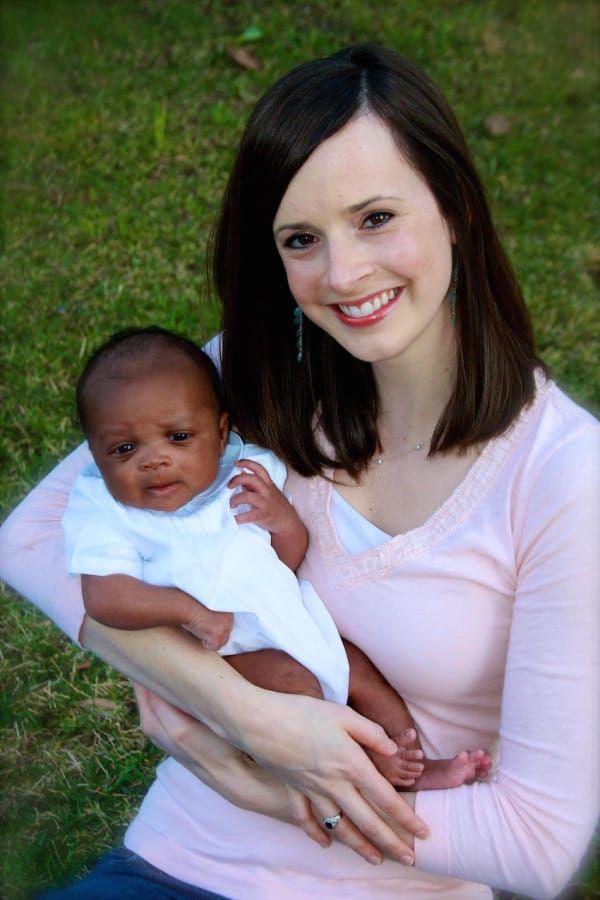
Finding an Adoptive Family for a 6-Year-Old
While finding an adoptive family for a 6-year-old is difficult, you may still have options available to you. Most private adoption agencies are not equipped to handle the placement of an older child. The best option for you could be to reach out to a social service professional that can put you in touch with resources such as financial assistance or Medicaid, which can improve your situation to make parenting easier. Alternatively, if you know someone willing to adopt your 6-year-old, you could arrange a private adoption or temporary guardianship with them through a local adoption attorney.
“Giving a 7-Year-Old Up” for Adoption
Adoption is a brave and selfless choice that comes from a place of love. Most adoption agencies will not be able to provide you with the services you need to “give your 7-year-old up” for adoption. However, you may still be able to work with a local adoption attorney to arrange a kinship adoption or a temporary guardianship with a family member or friend.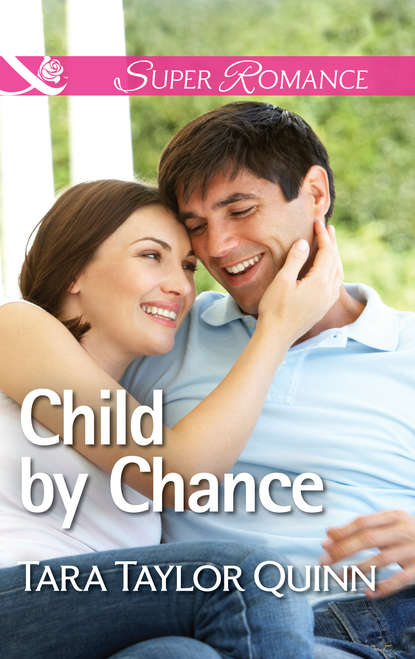 If this option appeals to you, reach out to an adoption attorney near you to learn how to put a 7-year-old up for adoption with a relative.
If this option appeals to you, reach out to an adoption attorney near you to learn how to put a 7-year-old up for adoption with a relative.
At this age your child has their own understanding of the world around them and their own behavior needs. You should acknowledge these needs with care with any potential adoption.
Putting an 8-Year-Old Up for Adoption
At 8 years old, your child has their own set of needs and their own unique personality. Putting a child up for adoption at age 8 can be challenging and finding a family looking to adopt an 8 year old might be difficult, though not impossible. Even so, your child has likely made friends and developed a routine. The adoption transition can be incredibly hard on your child, as the process could disrupt the patterns they have established. Consider reaching out to a social service professional so that they can discuss options with you that may improve your circumstances and allow you to continue parenting.
Adoption for My 9-Year-Old
While placing your 9-year-old for adoption is an option, transitioning to a new family as this age can be incredibly difficult for a child. They are beginning to develop their own sense of the world around them, and the adoption process can disrupt the routine they have established. If you’re wondering “Can I ‘give my 9 year old up’ for adoption?” the answer is yes. Keep in mind, though you are making this decision out of love, the attachment you have developed to your child can make considering adoption an emotionally painful decision.
They are beginning to develop their own sense of the world around them, and the adoption process can disrupt the routine they have established. If you’re wondering “Can I ‘give my 9 year old up’ for adoption?” the answer is yes. Keep in mind, though you are making this decision out of love, the attachment you have developed to your child can make considering adoption an emotionally painful decision.
If you don’t want to lose your child but don’t feel that you can raise them on your own, you have options available to you. You could see if you have a family member or close friend who would be willing to help care for your child while you work to improve your circumstances. If this isn’t a realistic option for you, reach out to a social service professional that can help you find local resources that may allow you to continue parenting or talk to an adoption professional to discuss the possibility of finding adoptive parents for your 9 year old.
Placing My 10-Year-Old for Adoption
If you have landed on this article, you may be asking, “Can I put my 10-year-old up for adoption?”
You are not alone in having this question.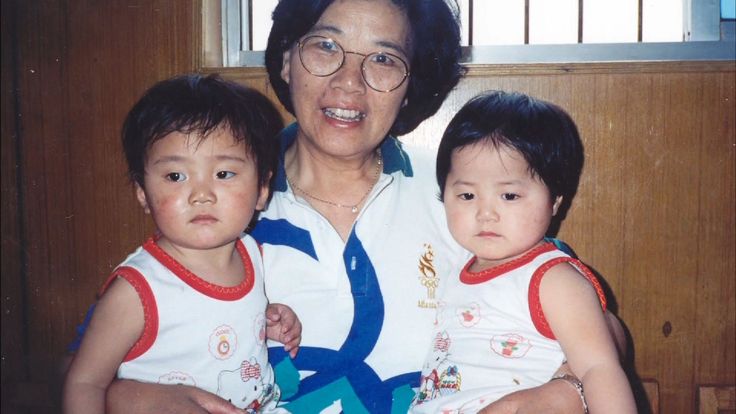 Parenting is difficult, and you may be at a point where you feel that your child should be placed with another family. However, the answer to this question for a child of this age can be a bit complicated.
Parenting is difficult, and you may be at a point where you feel that your child should be placed with another family. However, the answer to this question for a child of this age can be a bit complicated.
While adoption is a brave and selfless choice, most adoption agencies are not equipped to handle the placement of older children, since most hopeful adoptive families are hoping to adopt a newborn or infant. If you aren’t sure if you can continue raising your 10-year-old, reach out to a social service professional who can direct you to resources that may be able to allow you to continue you parenting, or contact a local family law attorney to discuss your options.
How to Put Your 11-Year-Old Up for Adoption
Your child is reaching an emotionally sensitive age in terms of their development. Choosing adoption for your child at this age could make things incredibly difficult for both of you. Aside from the emotional complications of the adoption transition, finding people who want to adopt an 11 year old may also be difficult.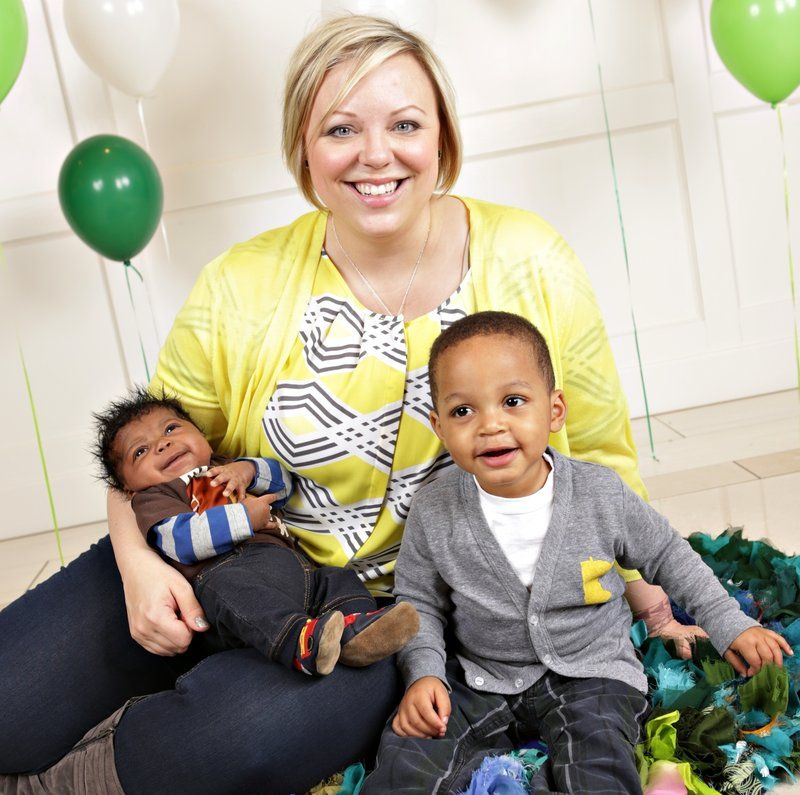 If you are considering adoption for your 11-year-old or wondering how to put your 11 year old up for adoption because your circumstances are working against you, reach out to a social service professional that can put you in touch with local resources that may be able to improve your situation.
If you are considering adoption for your 11-year-old or wondering how to put your 11 year old up for adoption because your circumstances are working against you, reach out to a social service professional that can put you in touch with local resources that may be able to improve your situation.
Finding an Adoptive Family for a 12-Year-Old
Adoption can be difficult choice to make for your 12-year-old. While there are families that looking to adopt an 12 year old, most hopeful adoptive parents are looking to adopt an infant or newborn. If you are certain that you cannot continue parenting or aren’t sure if you want to put up your 12 year old for adoption, you have alternatives available to you. You can reach out to social services that can equip you with resources that could improve your situation and allow you to continue parenting.
Can I Put My Teenager Up for Adoption?
While you can place your child for adoption as long as they are under the age of 18, the process can be incredibly difficult.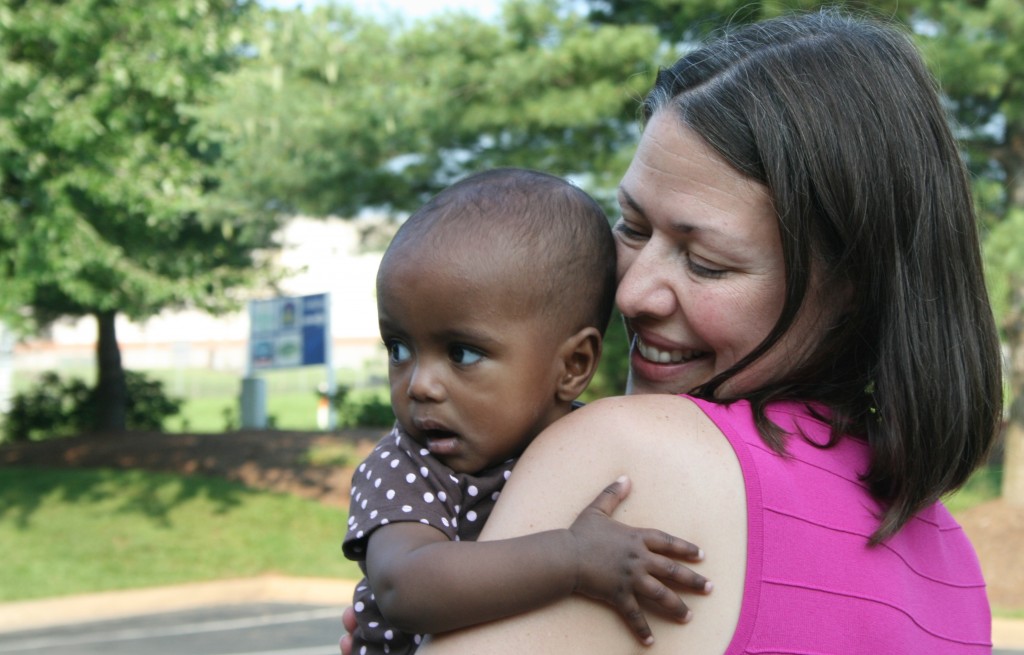 Teenage adoption isn’t nearly as common as infant adoption, and is rarely, if ever, carried out by private adoption agencies. While you are valid in feeling overwhelmed by the difficulties of raising a child, adoption might not always be the best decision.
Teenage adoption isn’t nearly as common as infant adoption, and is rarely, if ever, carried out by private adoption agencies. While you are valid in feeling overwhelmed by the difficulties of raising a child, adoption might not always be the best decision.
Not only is it harder to find an adoptive family for a teenager, but your child’s development has progressed significantly. Their behavior and health may factor into the challenges of the adoption process. Transitioning into a new family as a teenager can be emotionally difficult, as it may disrupt the life they have established.
Finding an Adoptive Family for My Teenager
While there are absolutely people that want to adopt a 13-year-old or older teenager, most of these families will work with their state foster care system to locate potential adoption opportunities. This makes it difficult to find families looking to adopt 16-year-olds, 15-year-olds, and other teenagers. Unlike for newborn and infant adoptions, there are not private agencies with lists of waiting couples who want to adopt a teenager, and you should be extremely cautious before searching for an adoptive family looking to adopt a teenager online; not only can this be incredibly dangerous, but it may also be illegal.
Since domestic adoption for a teenager may not always be the best decision, you do have other options available to you. You could consider a kinship adoption. In this case, you will be able to place your teenager with a relative or close friend whom you trust, providing they agree with the adoption plan.
With this type of adoption, you should always work with an adoption attorney. You should not try to complete a kinship adoption on your own. Working with an attorney can ensure that the proper steps are being followed and that the placement is legitimate. Contact a local adoption attorney today to learn how to “give a teenager up” for adoption to a friend or family member.
Alternatives to Adoption for Older Children
Even though adoption at any age is always a brave and selfless choice, it may not always be the best choice as your child gets older. The emotional difficulty that can accompany the adoption transition as your child gets older can be too much to handle.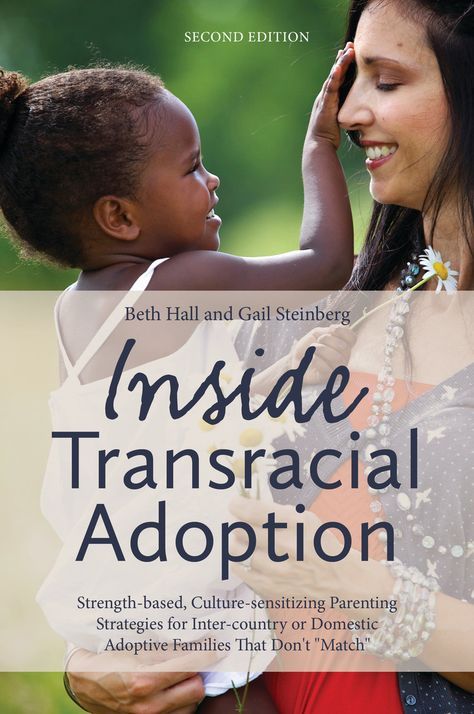 Not only this, but adoptions for older children are more complicated logistically. It’s often harder to find an adoption agency that will perform placements for older children due to adoptive families typically looking to adopt newborns or infants.
Not only this, but adoptions for older children are more complicated logistically. It’s often harder to find an adoption agency that will perform placements for older children due to adoptive families typically looking to adopt newborns or infants.
Fortunately, there are other options available to you.
- Contact social services. There are many state-run programs that can provide you with local resources and services, such as affordable housing, Medicaid, and financial assistance. A little help in the right areas can help make parenting possible.
- Kinship adoption. If you are certain you want to pursue adoption, kinship adoption could be a possibility. With this type of adoption, your child can be placed with a relative or close friend that who agrees with the terms of the adoption plan.
- Temporary legal guardianship. If you are not able to raise your child in the way they deserve, temporary legal guardianship may be realistic for you.
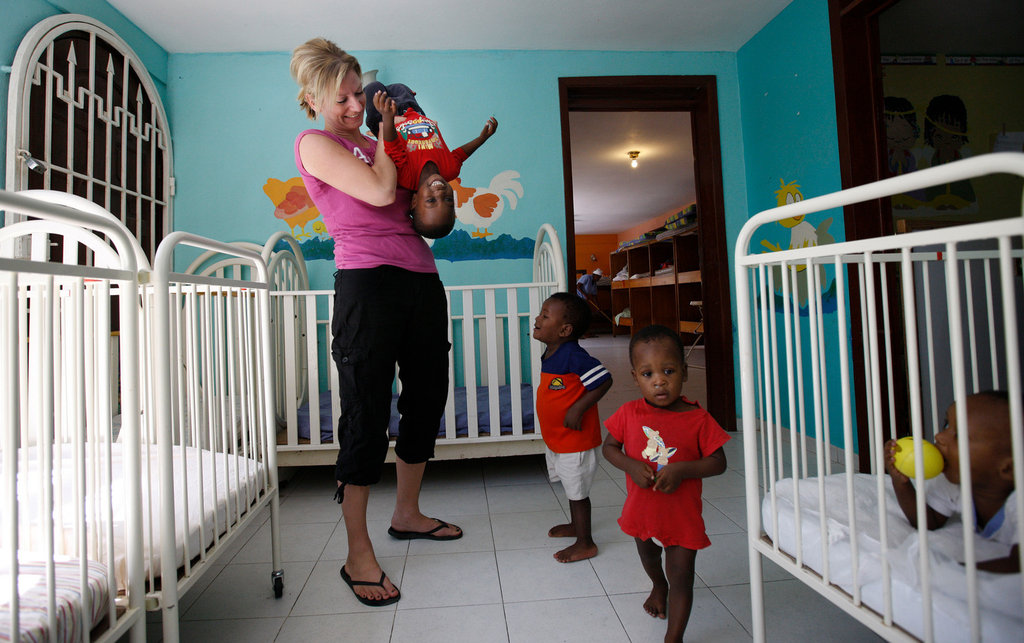 This arrangement would allow you to legally place your child in the care of a guardian who would raise your child for a set amount of time. You will be able work on stabilizing your life and resume custody after the agreed upon amount of time has passed.
This arrangement would allow you to legally place your child in the care of a guardian who would raise your child for a set amount of time. You will be able work on stabilizing your life and resume custody after the agreed upon amount of time has passed. - Reach out. If you are feeling overwhelmed by parenting responsibilities, maybe you just need a little help. Reach out to friends and family members who might be willing to watch your child for a day or two, while you take some time to rest and clear your mind.
Resources for Parenting:
- Social Services
- Women, Infants, and Children
- Special Needs Assistance
- Medicaid
- Head Start
Closing Thoughts
While placing your child for adoption at any age is possible, it’s not always easy. We understand that you just want what’s best for your child. There are options available to you that can help you give your child the life they deserve, full of love and support.
If you are considering placing an infant, toddler or preschooler for adoption, a private adoption agency can help. Reach out today to get the free information and support you need to take your next steps.
Ready to get started? Contact an adoption agency now to get free information.
American Adoptions - Is It Possible to Give an Older Child Up for Adoption? [How the Older Child Adoption Process Works]
You may be facing the hardest situation of your life, but there is hope — for yourself, and for your child. Putting an older child up for adoption — whether they are an infant or a toddler — is possible. Call 1-800-ADOPTION now to learn more or to get started.
If you’re considering placing an older child for adoption today, we want you to understand:
-
How the process works
-
How American Adoptions can help
-
What you can do today
While each process is unique, there are some big steps involved in every older child adoption.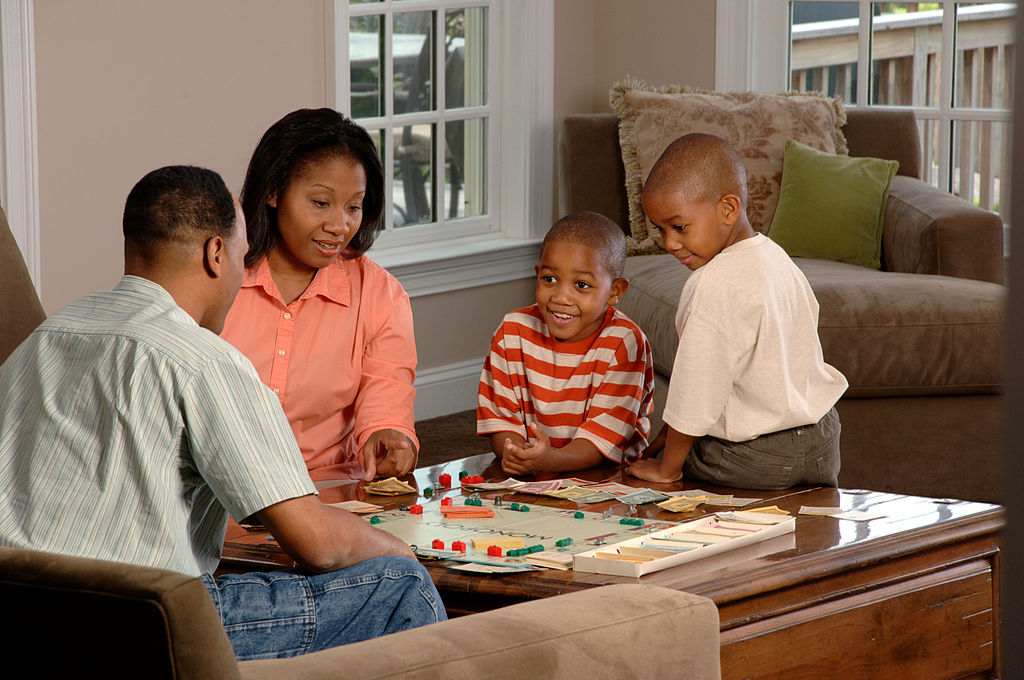
Once you understand how it works, you might have a better idea of if placing an older child for adoption is right for you. Or, you could come to see that other avenues of support are better for your situation.
To get more information and find support today, click here or call 1-800-ADOPTION.
Please know that American Adoptions is unable to provide adoption services for children over 4 years old. If you are considering adoption for a child older than 4 years, we have created this guide to your options.
How to Put an Older Child Up for Adoption
Step 1: Decide if Placing an Older Child for Adoption is Right for You
Let’s be honest: parenting is hard. There are emotional, financial and physical challenges.
At what point do those challenges begin to feel so overwhelming that adoption becomes the best option for your family?
The answer is different for every woman. Some signs that adoption may be right for you are:
-
You are financially unable to provide basic needs for yourself and your child.
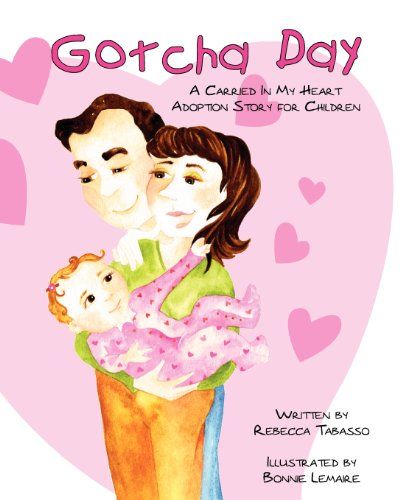
-
The demands of parenting feel unbearable on your physical and mental health.
-
You believe that a loving adoptive family could provide your child with an amazing life.
Casey, a birth mother who worked with American Adoptions, thought that parenting would work out, even though she knew things wouldn’t be easy. For a while, she seemed to be getting by.
But, between shifts for her overnight job and day job, throwing together a meal and trying to prep notes for a babysitter, she began thinking that there may be something better — for herself and for her children.
“I didn’t have family support… everything was on my own,” she said. “I was just contemplating, ‘What can I possibly do now that would make a difference for our future and provide my sons with the life that I would like to give them?’”
The answer, for Casey and her children, was adoption.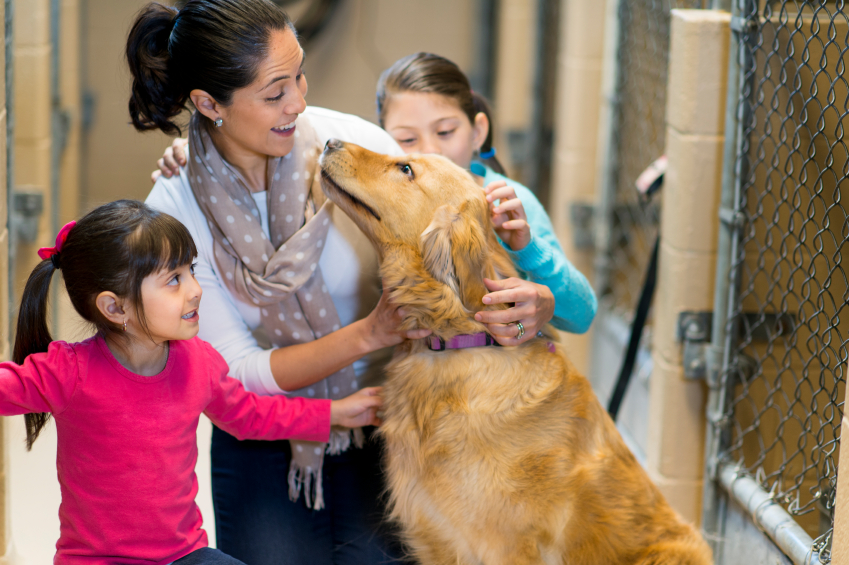 That doesn't mean it was an easy choice — putting your child's needs first, not only today but in the future, can be hard.
That doesn't mean it was an easy choice — putting your child's needs first, not only today but in the future, can be hard.
But, placing an older child for adoption might be the answer for you, too.
No matter what your reasons are, we want you to know that adoption is not “giving up” on your child. Even though “giving up an older child for adoption” is a common phrase, it misses the key point:
You’re doing something brave and loving when you choose adoption.
If placing an older child for adoption is right for you, then you are not “giving up.”
Step 2: Contact American Adoptions [Available 24/7]
If your child is a newborn, a year old or even a toddler, and you are seriously considering older child adoption, then you can call 1-800-ADOPTION today to speak to an adoption specialist.
You can feel confident and safe with our team. We’ve been providing services to prospective birth parents for more than 30 years, including parents who are thinking of putting older children up for adoption.
And we’re always here for you — 24/7.
What can you expect when you call 1-800-ADOPTION?
-
A friendly and compassionate specialist whose goal is to help you create a safe adoption plan
-
Someone who will make you feel safe
-
Important information on how older child adoption works
-
Guidance about whether adoption is right for you, and what your other options may be
-
Clear direction on what to do next
-
And more
We will help you navigate your emotions and understand what is best for your child. You can trust our guidance because we have worked with many other women in similar situations.
Step 3: Social and Medical Histories [What You Will Need]
If you do decide to begin the process of placing an older child for adoption, we’ll get to work as fast as we can. You’ll get an information packet with even more helpful adoption facts, as well as directions for how the older child adoption process will go.
You’ll get an information packet with even more helpful adoption facts, as well as directions for how the older child adoption process will go.
At this point, many prospective birth parents want to know how long the process will take. Ultimately, every process is unique. It’s difficult to say, and much of it is up to you. There are a few steps that may take time, but the more involved and prepared you can be, the quicker the process can move.
One thing you can do right now to move the process along is to start collecting medical and social histories. These are documents that need to be included in the adoption paperwork, like:
-
Prenatal care documents
-
Labor and delivery records
-
Pediatric medical histories
-
The child’s birth certificate
Your adoption specialist will be there every step of the way so that you can feel prepared, confident and at peace with putting an older child up for adoption.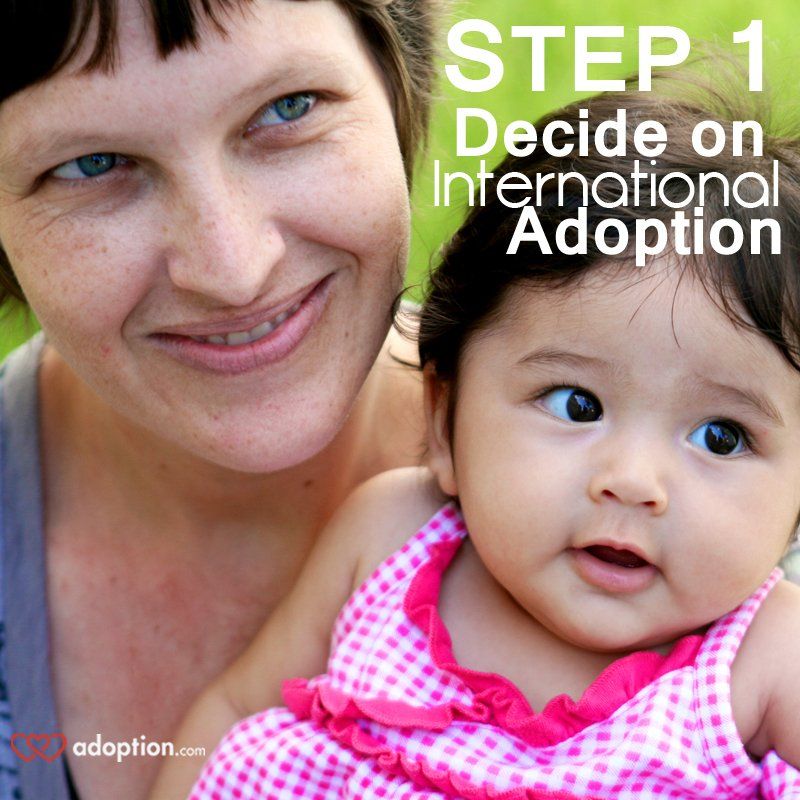 They will help you request these documents, but it is ultimately up to you to be proactive about signing the necessary releases for this vital information.
They will help you request these documents, but it is ultimately up to you to be proactive about signing the necessary releases for this vital information.
Step 4: Find an Adoptive Family [View Profiles Today]
We know you love your baby, and you want the world for them. That’s why we do everything possible to help you find the best family for your child.
When you put older children up for adoption, you get to choose the adoptive family, just like a woman who places a newborn for adoption.
You can look through adoptive family profiles to find parents who are best prepared to provide your child with a smooth transition into a loving family. Generally, there are more adoptive families who feel prepared to adopt newborns and infants, while there are fewer families ready to adopt a toddler. However, we do work with adoptive families who cannot wait to welcome your 1, 2 or 3-year-old into their loving arms.
To get a sense of the types of people waiting to adopt, you can click here to look at some of our family profiles online.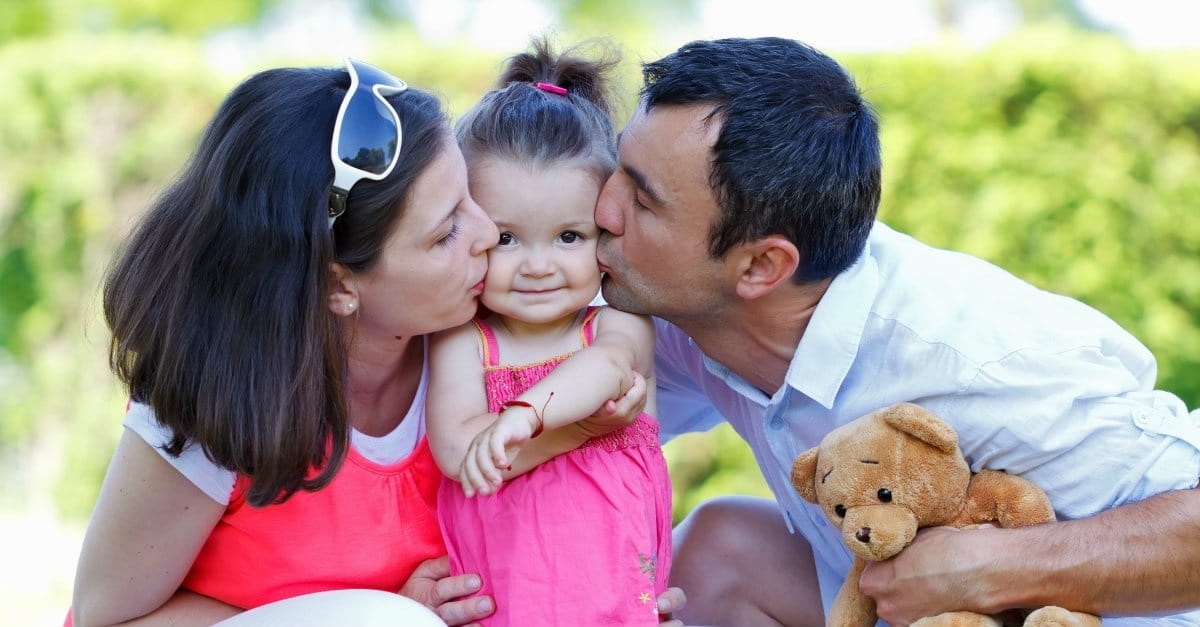
When you’ve found the family you think will be best for your baby, and all of the necessary medical and social history listed in the step above has been collected, we will reach out to set up the connection.
Step 5: Your Transition Plan [Doing What’s Best for Your Child]
Did you know that most U.S. infant adoptions are at least semi-open? The same is true when you are putting an older child up for adoption. Open adoption allows you to:
-
Get to know the adoptive parents before placement
-
Develop a transition plan with the family
-
Stay connected with the family after placement
-
Know that your child is safe, loved and happy
The transition plan is one of the most important steps when you are “giving up” an older child for adoption. Essentially, this is the time when your child is placed in the care of the adoptive family.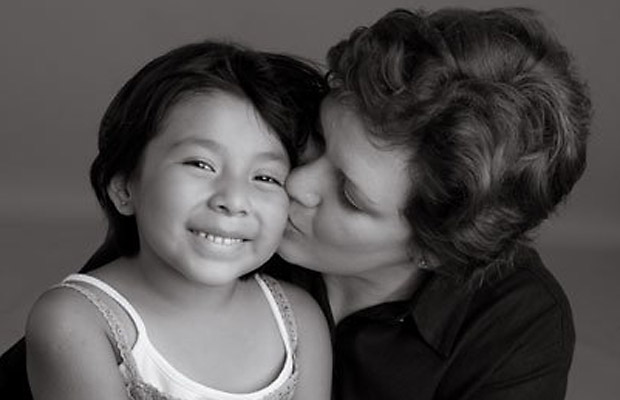
Depending on how old your child is, this may be difficult and confusing for them to understand. In a transition plan, you will work together with the adoptive parents to help your child feel safe and secure.
Many transition plans take place over the course of several days. It could go something like this:
-
Friday: You may meet together, share a meal and then go home with your child.
-
Saturday: You meet again, but this time leave while your child stays with the adoptive parents. They can play, bond and begin to form a connection.
-
Sunday: It is time for the child to be placed with the adoptive parents. Because of the time you all spent together over the past few days, this placement can feel more natural and safe for your child.
This step of the older child adoption process can be very difficult, and we are here for you.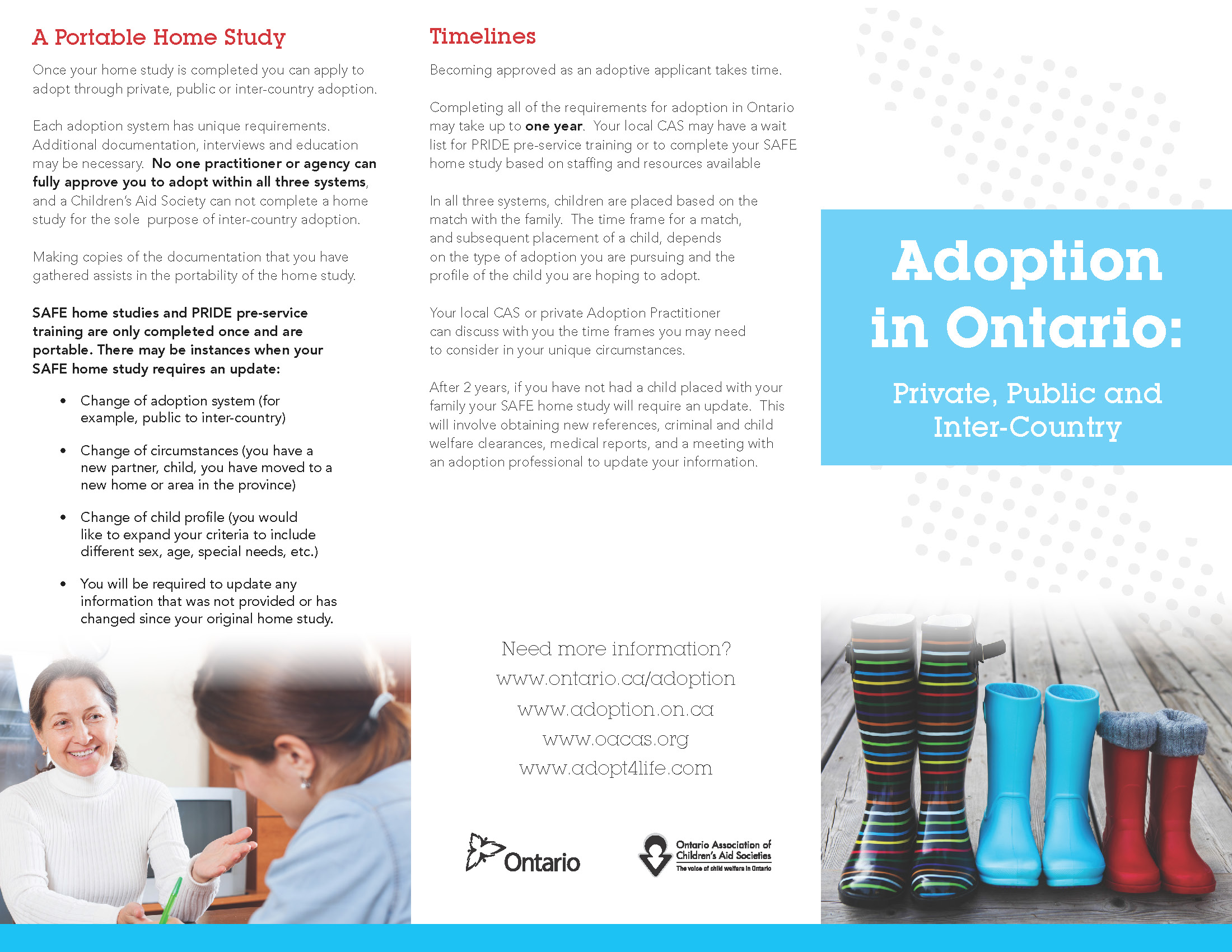 The goal is for you and your child to feel comfortable with this transition. From figuring out the logistics to deciding what to pack and how you can expect to feel, our adoption specialist will be by your side.
The goal is for you and your child to feel comfortable with this transition. From figuring out the logistics to deciding what to pack and how you can expect to feel, our adoption specialist will be by your side.
Step 6: Complete Your Placement [And Stay Connected Through Open Adoption]
To complete your placement, you’ll need to sign your adoption paperwork. Your specialist and attorney will help you. This is a brave step to take to do what is best for your child.
After the paperwork is signed and the adoption is complete, you can stay connected through open adoption. Every open adoption is different, so it’s up to you to decide what’s best for you and your child.
Open adoption may seem scary at first when you are thinking about putting an older child up for adoption. Wouldn’t a clean break be better? But, many prospective birth mothers, like Caitlin, will tell you about the benefits of open adoption.
“Knowing that I can be around and be there — I don’t even know how to put it into words… I’m like a cheerleader on the sideline, and that’s more than I could have asked for,” Caitlin said.
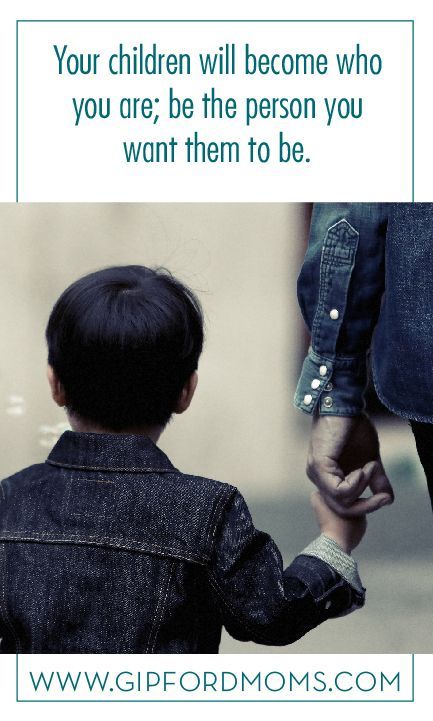
“He gets this family who can take care of him and do everything I couldn’t, but he can also know that I didn’t just give him away. I had a purpose for him, and it was meant to be.”
Take Your Next Steps Today
Are you ready to speak with a specialist about putting an older child up for adoption? Let’s talk.
You can call 1-800-ADOPTION at any time, 24/7, to speak to an adoption specialist. You can also click here to get more free adoption information online.
More Information about Putting an Older Child Up for Adoption
Now that you know how the older child adoption process works and how you can take your next steps today, we want to make sure there aren’t any questions left unanswered.
Let’s look at some of the most important information about putting older children up for adoption, including the challenges that can come with this decision.
How Putting an Older Child Up for Adoption Is the Same as Other Adoptions
Throughout the toddler adoption process, you will still have the same rights and choices as any mother placing a baby for adoption:
- You can choose the adoptive parents for your child; American Adoptions works with many families who are willing and excited to adopt an older infant or toddler, and occasionally a child up to 4 years old
- You can choose the type of relationship you want to have with your child and the adoptive parents after placement
- You will get the unlimited, 24/7 counseling and support you need to make a fully informed adoption decision that you feel confident with
- You are entitled to free adoption services; your legal and counseling costs will always be covered for you
- You are in control of the adoption process
Whatever circumstances have led you to adoption, placing your toddler with a private agency like American Adoptions allows you to take control of your situation and your child’s future.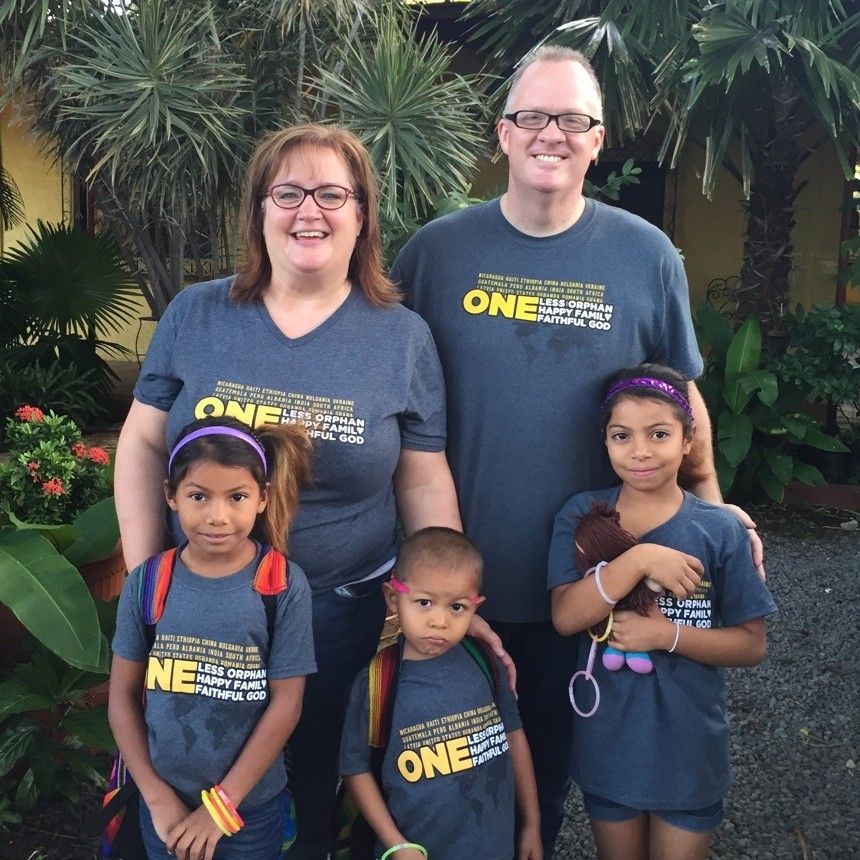
Every situation is different, and American Adoptions handles the placement of older children and toddlers on a case-by-case basis. However, if you are considering placing an older child for adoption, and that child is 4 or older, our agency may not be the best resource to help you make an adoption plan for him or her. In those cases, there are many great professionals who would be happy to provide information on how to place an older child up for adoption.
To discuss your individual circumstances and learn how to put a toddler up for adoption, you can reach an adoption professional at any time at 1-800-ADOPTION. We will help you explore all of your options and make the decision that is best for you and your child.
The Challenges of Placing an Older Child for Adoption
If you are considering “giving your older child up” for adoption, you clearly have his or her best interests at heart — and so does American Adoptions. That’s why we think it is important for any parent to have a clear understanding of the potential challenges of placing an older child for adoption.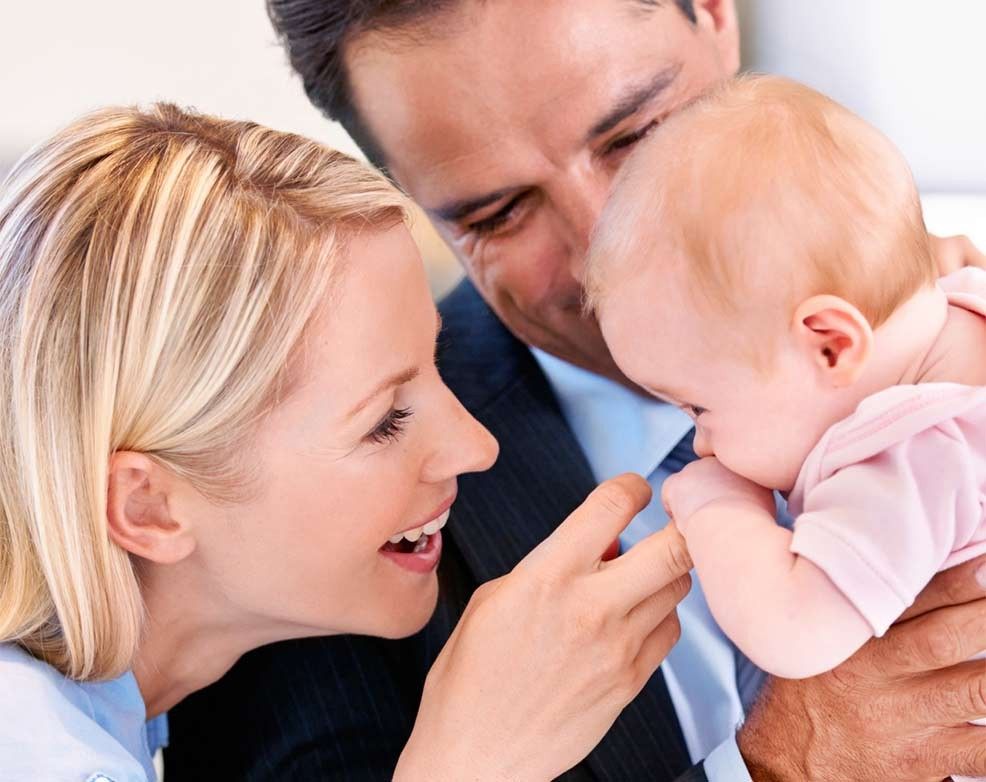
There are several challenges to consider if you are thinking of putting older children up for adoption:
- While we do work with many families who are open to adopting sibling groups and toddlers, most parents who are interested in adopting an older child work with the state foster system rather than a private agency. This route gives them access to more appropriate services and education about parenting children who are adopted at an older age. This means that we have fewer waiting families who are interested in adopting a school-aged or older child.
- Placing an older child for adoption is often complicated because there are some additional factors to take into consideration, including the child’s health and behavior, others who have had custody of the child throughout his or her life, the involvement of the child’s father, and more. The more you can share about these factors, the better we will be able to provide the services you need.
- "Giving a child up" for adoption is never easy, but it may be an even more challenging adjustment in an older child placement — not only for you as a parent, but also for your child.
 This process requires specialized counseling, education, and training services. Our agency is prepared to provide these services, such as conducting a safety check, helping you understand your options and providing adoption services, for children up to 4 years old.
This process requires specialized counseling, education, and training services. Our agency is prepared to provide these services, such as conducting a safety check, helping you understand your options and providing adoption services, for children up to 4 years old.
Struggling parents should never hesitate to reach out for help.
While American Adoptions may not be able to complete the adoption in every case, we will do whatever we can to refer you to the services and resources you need.
Other Options for Placing an Older Child for Adoption
Unfortunately, many parents in your circumstances find that there is not a lot of readily available information about this type of adoption if their child is more than a few years old. There aren’t many private agencies that specialize in placing older children, and state foster care systems typically do not have the funding to take voluntary relinquishments.
But there are other options if you’re asking, “Where can I put my child up for adoption?”
If you are struggling to parent and thinking about "giving up" a child for adoption and the child is over 4 years old, consider the following suggestions before contacting a private adoption agency:
- Reach out to social services.
 While the state may not be able to take custody of your child, they can provide resources to make parenting easier. For instance, if your child has significant medical needs that you feel you cannot meet, look into your public healthcare options. If you need help finding a job or affordable housing, the state has programs that may help you. Whatever underlying issues have caused you to consider adoption for your child, there are likely free, public resources in your community to help you address them.
While the state may not be able to take custody of your child, they can provide resources to make parenting easier. For instance, if your child has significant medical needs that you feel you cannot meet, look into your public healthcare options. If you need help finding a job or affordable housing, the state has programs that may help you. Whatever underlying issues have caused you to consider adoption for your child, there are likely free, public resources in your community to help you address them. - Consider a temporary guardianship. You may be struggling now, but if you feel that you would be able to parent your child under different circumstances, you may be able to establish a legal guardianship with a close friend or family member. This option gives someone else temporary custody of your child while you make changes that would improve your situation and allow you to parent.
- Complete a kinship adoption.
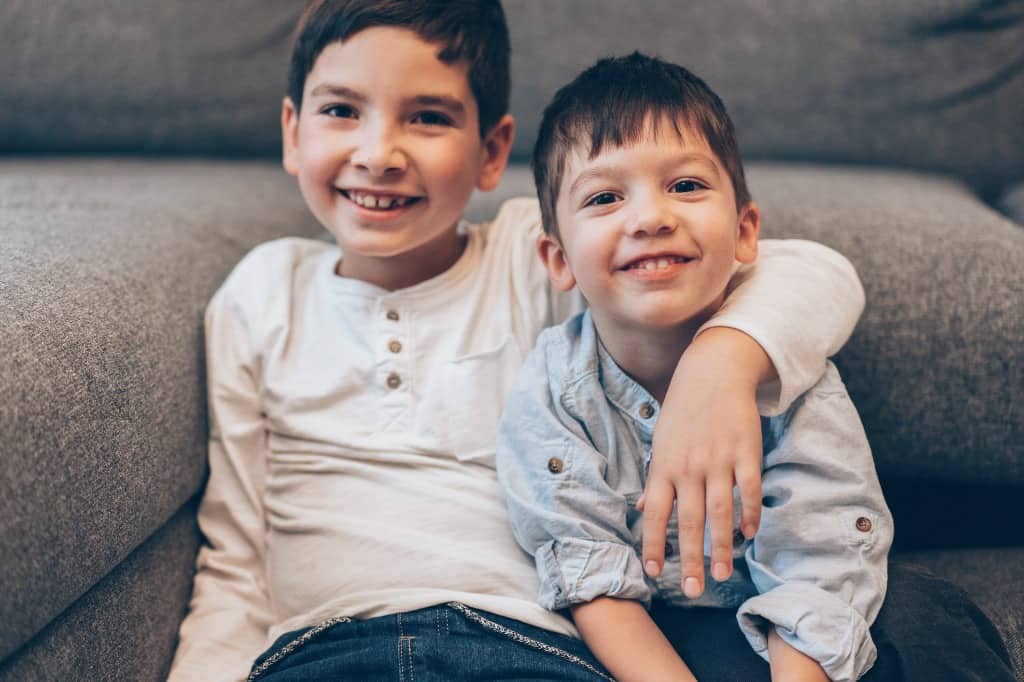 If you are searching for a more permanent solution for your child and have loving family members who are willing to help, you may choose to put your kid up for adoption with a relative. A kinship placement is often beneficial for older children because it allows them to maintain important relationships with loved ones and transition to a familiar home.
If you are searching for a more permanent solution for your child and have loving family members who are willing to help, you may choose to put your kid up for adoption with a relative. A kinship placement is often beneficial for older children because it allows them to maintain important relationships with loved ones and transition to a familiar home. - Complete an independent adoption. Through your own networking, you may be able to find a friend or other waiting family who is willing to adopt your child. In these circumstances, you may consider working with an attorney to complete an identified or independent adoption. However, you must be very careful when placing your child with a new family; to ensure his or her safety and wellbeing, you need to contact a licensed child-placing agency in your state to complete a home study for the adoptive family. You should also always work with an attorney to ensure every step of the process is completed safely and legally.

- Take a break. Every parent gets overwhelmed, and sometimes it just takes a day or two of alone time to reset and re-evaluate your situation. If you think this may be the case for you, ask a friend or family member if they would be willing to babysit for a day or weekend, or contact your state social services department and ask about options for respite care.
Although American Adoptions can handle the placement of toddlers and older children up to age 4 on a case‐by‐case basis, our agency specializes in newborn adoption. When “giving your older child up” for adoption, we recommend contacting your local social services department before making an adoption plan.
Contact American Adoptions Today
Choosing adoption for your child can be complicated, both legally and emotionally, but it can also be one of the best decisions you will ever make. If this is what you decide is best in your circumstances, it is important to find the services you need to ensure your child is placed in a safe, supportive and loving environment.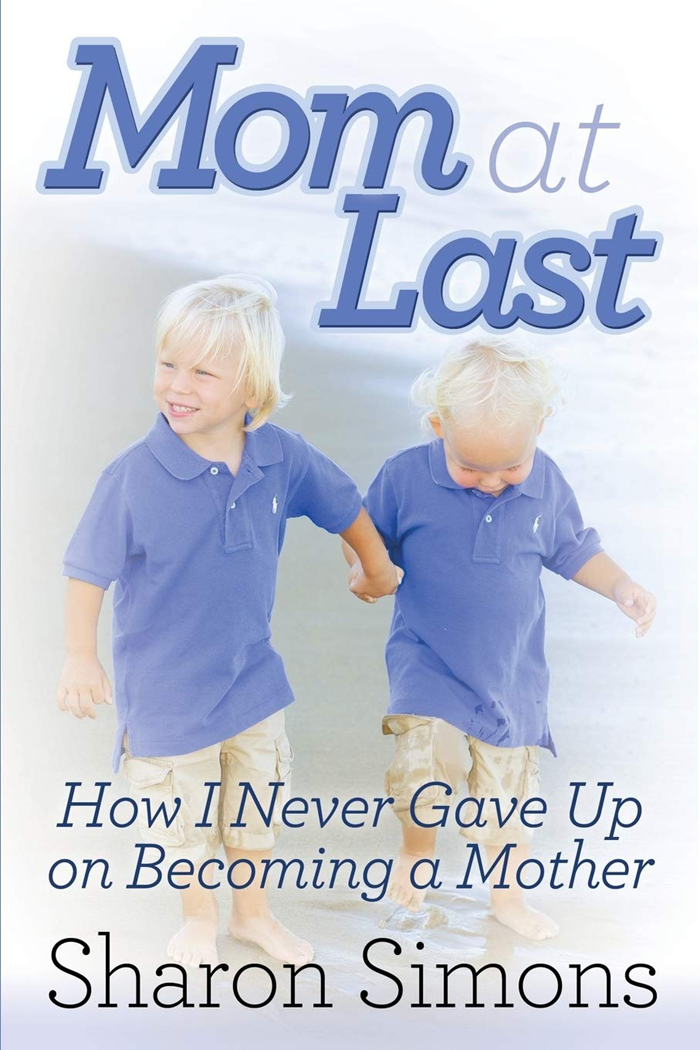
To learn more about how to place an older child up for adoption, or to discuss your other options and resources, you can reach a licensed adoption professional any time, or you can call 1-800-ADOPTION to get free guidance today.
To learn more about how to put a toddler up for adoption or to discuss your other options and resources, you can reach a licensed adoption specialist any time, or contact your state’s social services department for more information on placing an older child for adoption.
Disclaimer
Information available through these links is the sole property of the companies and organizations listed therein. America Adoptions, Inc. provides this information as a courtesy and is in no way responsible for its content or accuracy.
I want to adopt a child. I was introduced to a woman who is ready to give me her child for adoption immediately after birth, she does not want to give him to an orphanage. Can you tell me how to legally transfer a child? .
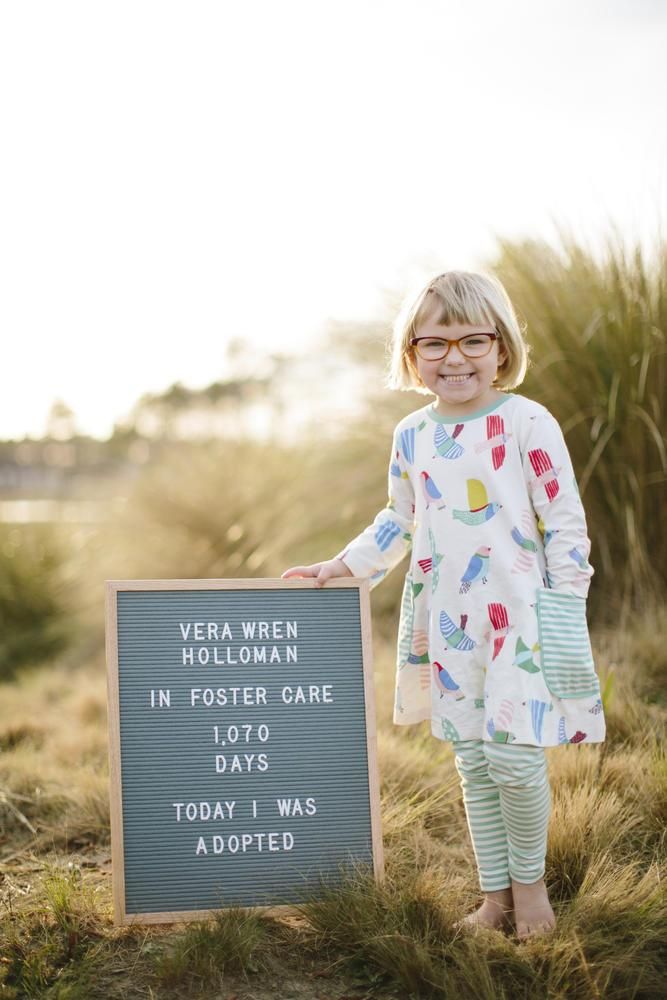 Adoption - we go to court...
Adoption - we go to court... Home - How to adopt a child in a family? — We accept the chosen child into the family — Adoption — we apply to the court...
I want to adopt a child. I was introduced to a woman who is ready to give me her child for adoption immediately after birth, she does not want to give him to an orphanage. Can you tell me how to legally transfer a child?
« Back to the list of questions
For those cases when the candidates for adoptive parents and the expectant mother, even before the birth of the child, have agreed to transfer him for adoption to a specific family, the family legislation of the Russian Federation provides for the so-called. "nominal" consent to adoption: "Parents may consent to the adoption of a child by a specific person ..." (Clause 3, Article 129 of the Family Code of the Russian Federation). Consent to adoption can only be given after the birth of the child.
How to practically use the right to transfer a child for adoption to specific persons in full compliance with the family law of the Russian Federation? I advise you to act according to the following scenario (I assume that the expectant mother is single, i.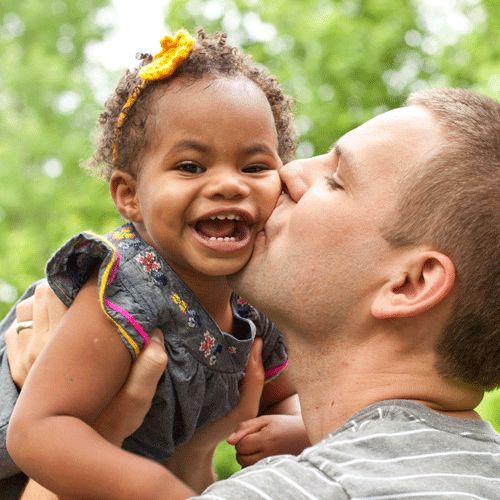 e. not married):
e. not married):
- 2-3 months before the expected date of birth, adoptive parents receive an opinion on the possibility of becoming adoptive parents according to the general rules (read more in the "I want to adopt a child" section on the right, Step 2). I do not advise you to get an opinion earlier, because. the medical certificate for adoptive parents is valid for 6 months, and it must be valid at the time of filing an adoption application with the court. At the same time, taking into account all the formalities below, the court will most likely take place 1-2 months after the birth of the child.
- After the birth of a child, the mother is discharged home with him, draws up a birth certificate. I do not advise signing consent to adoption immediately after childbirth (popularly known as “refusal”), since the widespread practice of the administration of maternity hospitals and guardianship and guardianship authorities is such that the child is immediately removed from the biological mother, and it can be extremely difficult to find out about his future fate.
 In my practice, there have been cases when, even with “nominal” consent to adoption given in the maternity hospital, the PLO insisted on transferring the child for adoption to the “general queue”, although the law does not support this practice.
In my practice, there have been cases when, even with “nominal” consent to adoption given in the maternity hospital, the PLO insisted on transferring the child for adoption to the “general queue”, although the law does not support this practice. Since we proceed from the fact that the biomother is not married, when registering a child’s birth certificate, I advise you to simply put a dash in the “father” column, and not indicate someone “according to the mother”. If the mother is married (it doesn’t matter if the husband is the real father of the child or not), then her spouse will be automatically entered as the father of the child, and then consent to the adoption will need to be obtained from him too.
- After issuing a birth certificate, the biomother and prospective adoptive parents (who have already received a conclusion on the possibility of being adoptive parents) apply to the PLO at the place of residence of the biomother to report the impending adoption.
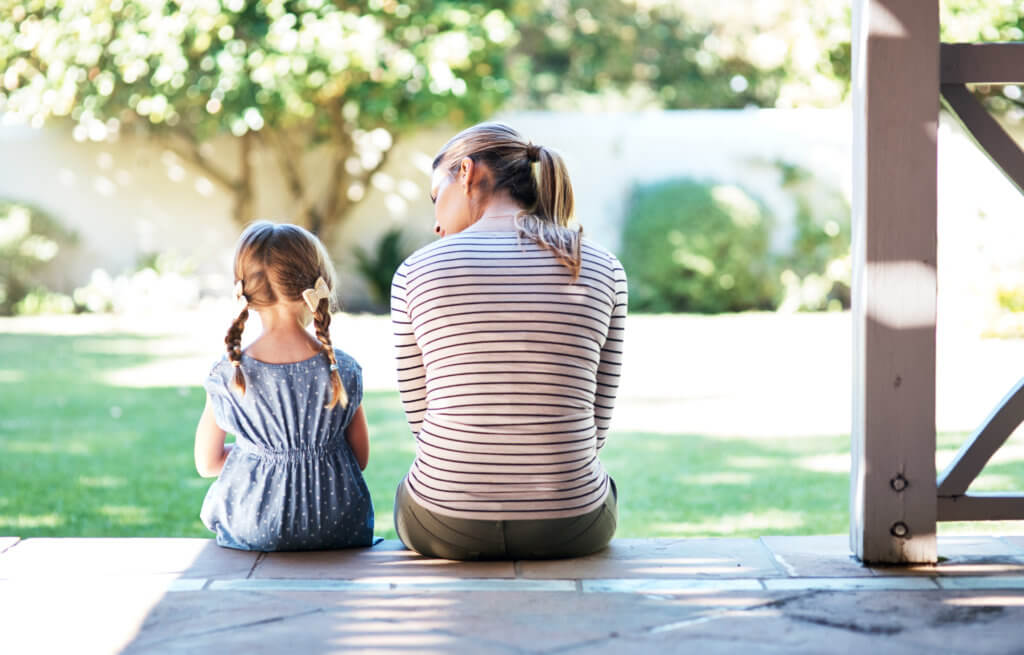 Unfortunately, as experience shows, PLOs often turn out to be morally unprepared for a “peaceful scenario” of the development of events, so it can be useful to offer PLO employees some kind of “legend” (for example, that the candidates are distant relatives of the biomother, but the biomother does not have the opportunity to raise a child, so the family agreed on such a decision). It removes too emotional reaction.
Unfortunately, as experience shows, PLOs often turn out to be morally unprepared for a “peaceful scenario” of the development of events, so it can be useful to offer PLO employees some kind of “legend” (for example, that the candidates are distant relatives of the biomother, but the biomother does not have the opportunity to raise a child, so the family agreed on such a decision). It removes too emotional reaction.
Why is it important to let the PLO know about plans to put a child up for adoption in advance? The fact is that candidates apply for adoption to the court at the location of the child on their own, but in the process of preparing the case for the hearing of the PLO at the location of the child, they must, for their part, prepare and submit the following additional documents to the adoption court (Art. 272 of the Code of Civil Procedure of the Russian Federation):
- conclusion on the validity of adoption (this document is prepared by the guardianship authorities independently),
- act of examination of the housing of adoptive parents (this document will be submitted to the guardianship authorities by candidates for adoptive parents),
- birth certificate of the child (this document will be submitted to the guardianship authorities by the biomother - see paragraph 2 above),
- medical report on the state of health, on the physical and mental development of the child (this document is very important, more about it below),
- consent of the biomother (and her spouse, if the biomother was married at the time of the birth of the child) for adoption.
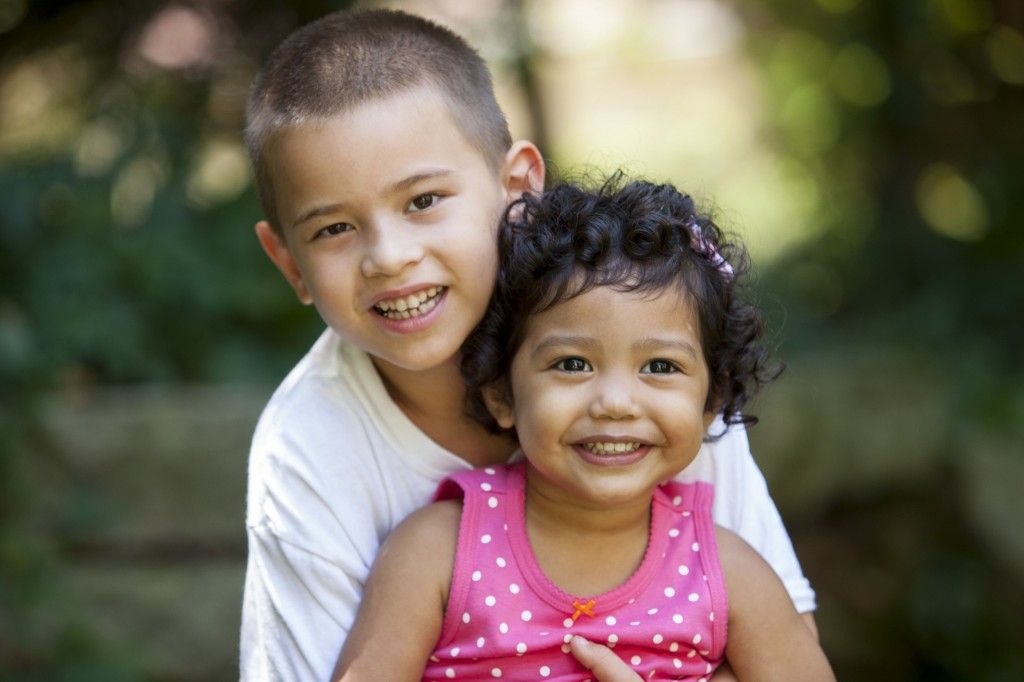
Consent to the adoption must be expressed in the application of the biomother, certified either by a notary, or by the guardianship authorities at the place of residence of the biological mother, or by the guardianship authorities at the place of approval of the adoption. Also, consent can be expressed directly in court, although I advise you to attach it in writing even when applying for adoption.
Important! The text of the application should have indicated: "I give consent to the adoption of my child" - only such a document is consent to adoption.
Why can a medical certificate for an adopted child present a certain difficulty? The fact is that it must be drawn up in a strictly defined way (namely, in form No. 160u - and signed by a commission of doctors), therefore, guardianship authorities sometimes try to take the child “for quarantine” to the nearest hospital in order to slowly produce this paper by the hospital doctors .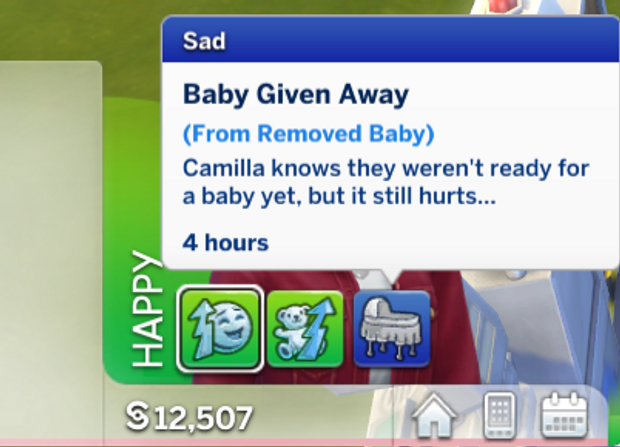 In no case is it necessary to agree to such a “quarantine”, because. there is no objective need or legal requirement to separate a newborn child from its parents for several weeks. It is better to arrange with the PLO that the biomother or adoptive parents will bring the child on a specific day to the hospital designated by the PLO for an on-site examination. I invite you to read more about obtaining a medical certificate for an adopted child in the form No. 160u here.
In no case is it necessary to agree to such a “quarantine”, because. there is no objective need or legal requirement to separate a newborn child from its parents for several weeks. It is better to arrange with the PLO that the biomother or adoptive parents will bring the child on a specific day to the hospital designated by the PLO for an on-site examination. I invite you to read more about obtaining a medical certificate for an adopted child in the form No. 160u here.
« Back to the list of questions
a year after this message, the woman returned with a success story too low attachment of the placenta.
When the long-awaited child was born, the woman felt terrible: "It's been two weeks since I gave birth, and attachments to the child are still zero," she wrote in a community for parents in 2019year. She looked after the child as if it were someone else's, feeling like a nanny for hire: “I love a child, but when I look at him, there is no feeling that this is my child.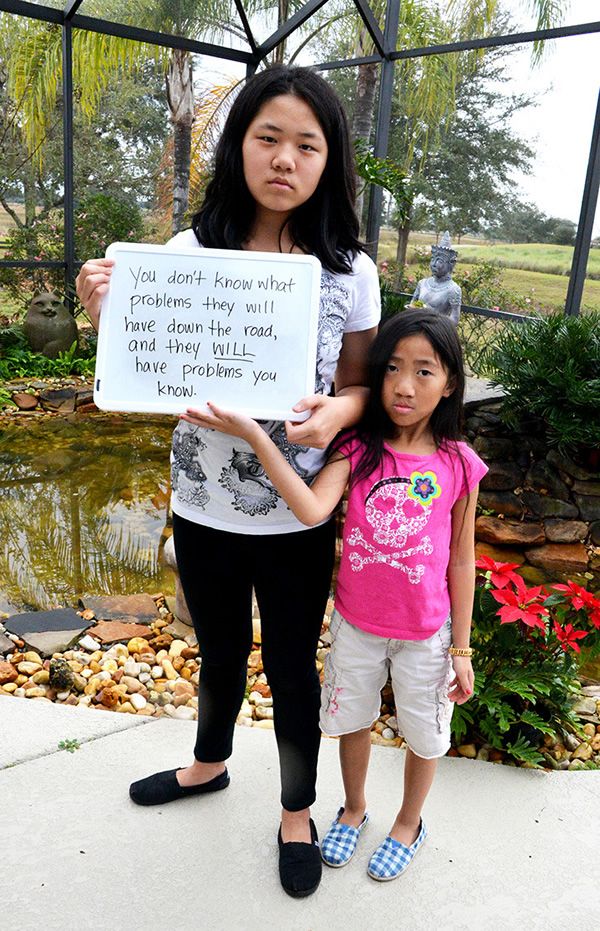 He's just a kid." When a woman woke up from baby crying at night, she had to remind herself: "Oh yes, we now have a child."
He's just a kid." When a woman woke up from baby crying at night, she had to remind herself: "Oh yes, we now have a child."
In the first post, she writes how she jokingly suggested that her husband give the child to a foster family. A year later, the young mother admitted that she was not joking: “I seriously thought about giving the child up for adoption. I wanted to ask my husband for a divorce and disappear. Several times I was very close to escaping - at night, while my husband and child were sleeping. I remember standing over the bed and crying because I was saying goodbye to my son.”
At the same time, she did everything so that others would not guess what she was going through: when grandparents came to visit, the young mother deliberately touched the child, and she herself assessed how they were coping with him. Indeed, in the event of her escape, most of the upbringing will fall on them.
As a result, the woman decided to tell the psychologist about her condition.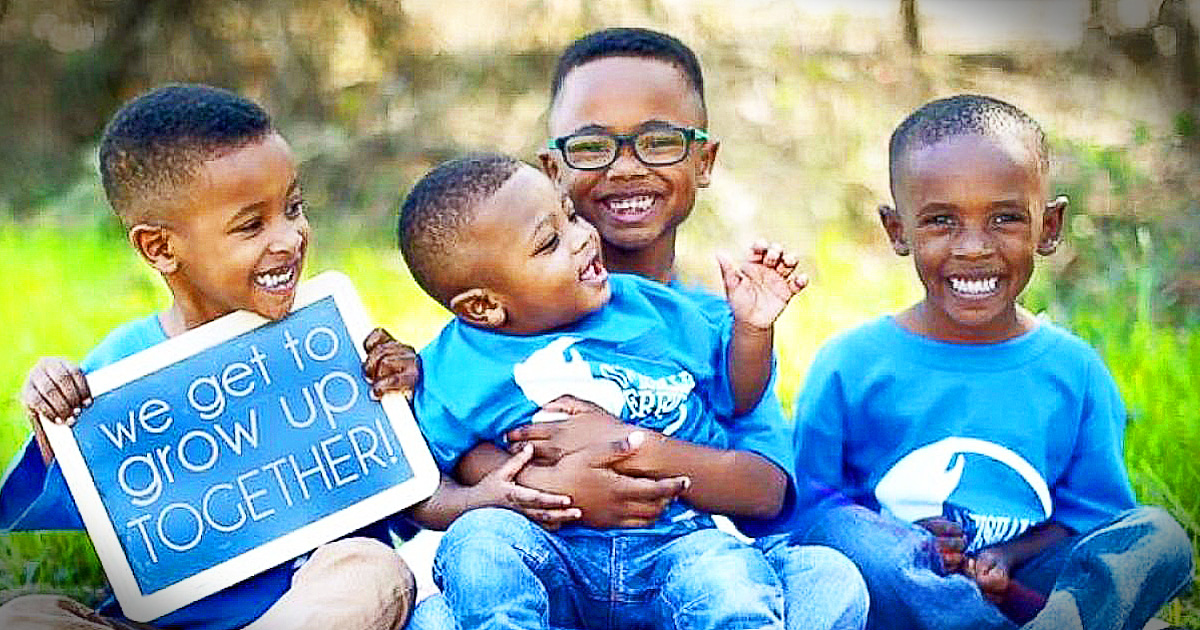 She was diagnosed with premenstrual dysphoric disorder: “Take your usual PMS symptoms, multiply by a million, and you have my illness,” she explains. The woman stopped breastfeeding in order to normalize the hormonal background, and also began to closely monitor her cycle. In the fight against the disease, her husband supports her. A year after the first post, the heroine's family has become like thousands of other families with a super-active toddler.
She was diagnosed with premenstrual dysphoric disorder: “Take your usual PMS symptoms, multiply by a million, and you have my illness,” she explains. The woman stopped breastfeeding in order to normalize the hormonal background, and also began to closely monitor her cycle. In the fight against the disease, her husband supports her. A year after the first post, the heroine's family has become like thousands of other families with a super-active toddler.
Woman calls: don't be afraid to ask for help! “Our bodies are strange; our own hormones can drive us crazy. Find a psychiatrist you trust or a gynecologist with whom you can speak openly. I assure you that they have heard and not like that. There is no shame in taking medicine if you need it. You will not stop being a parent from this, ”the woman wrote.
The comments suggest that attachment difficulties may be the first sign of more serious illnesses: “I loved my child, but not as much as I thought I should have.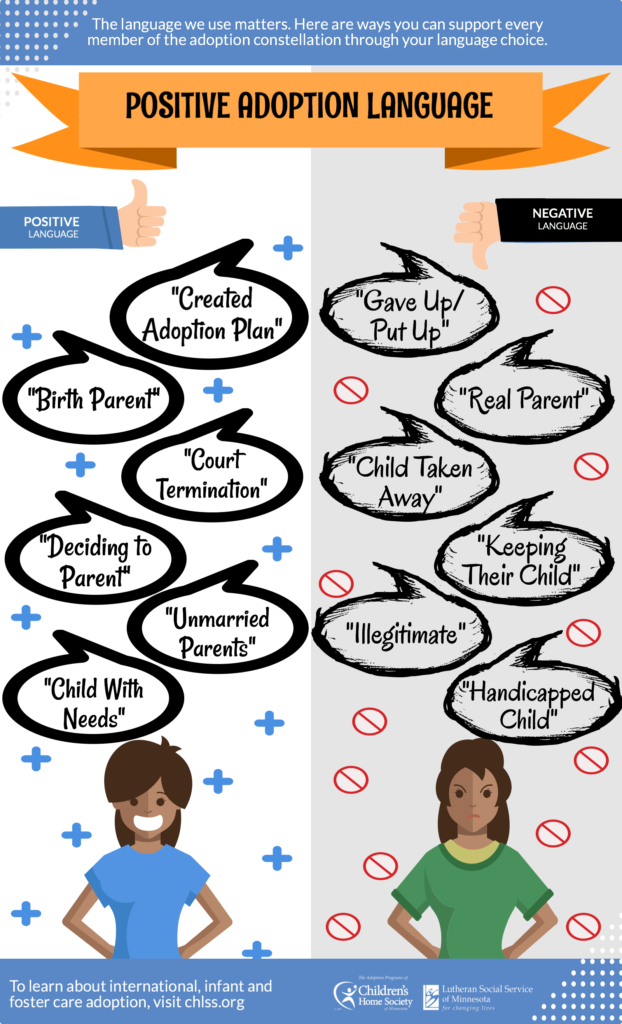 I also wanted to give the child up for adoption and even started discussing it with my mother,” writes whateverthefukk. When she began to deal with her condition, it turned out that she was suffering from post-traumatic stress disorder. “There is no standard for how you should feel after giving birth. If this happened to you, it does not mean that you are some kind of wrong or bad mother. Shit just happens, and it happens to a lot of people. We do not know about this because the negative experiences of the mother after childbirth are stigmatized, and not because they are not there, ”the commentator wrote.
I also wanted to give the child up for adoption and even started discussing it with my mother,” writes whateverthefukk. When she began to deal with her condition, it turned out that she was suffering from post-traumatic stress disorder. “There is no standard for how you should feel after giving birth. If this happened to you, it does not mean that you are some kind of wrong or bad mother. Shit just happens, and it happens to a lot of people. We do not know about this because the negative experiences of the mother after childbirth are stigmatized, and not because they are not there, ”the commentator wrote.
“During my first postpartum visit, my gynecologist suggested that I stop breastfeeding in order to start hormone therapy. I objected that I want the best for my child, and then she said that the child needs a happy mother, and in general, she is my doctor, not the child, ”wickedb84 shares.
About 20-50 percent of women of reproductive age suffer from PMS.


